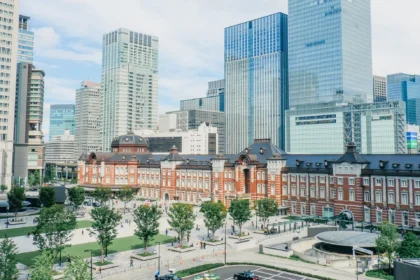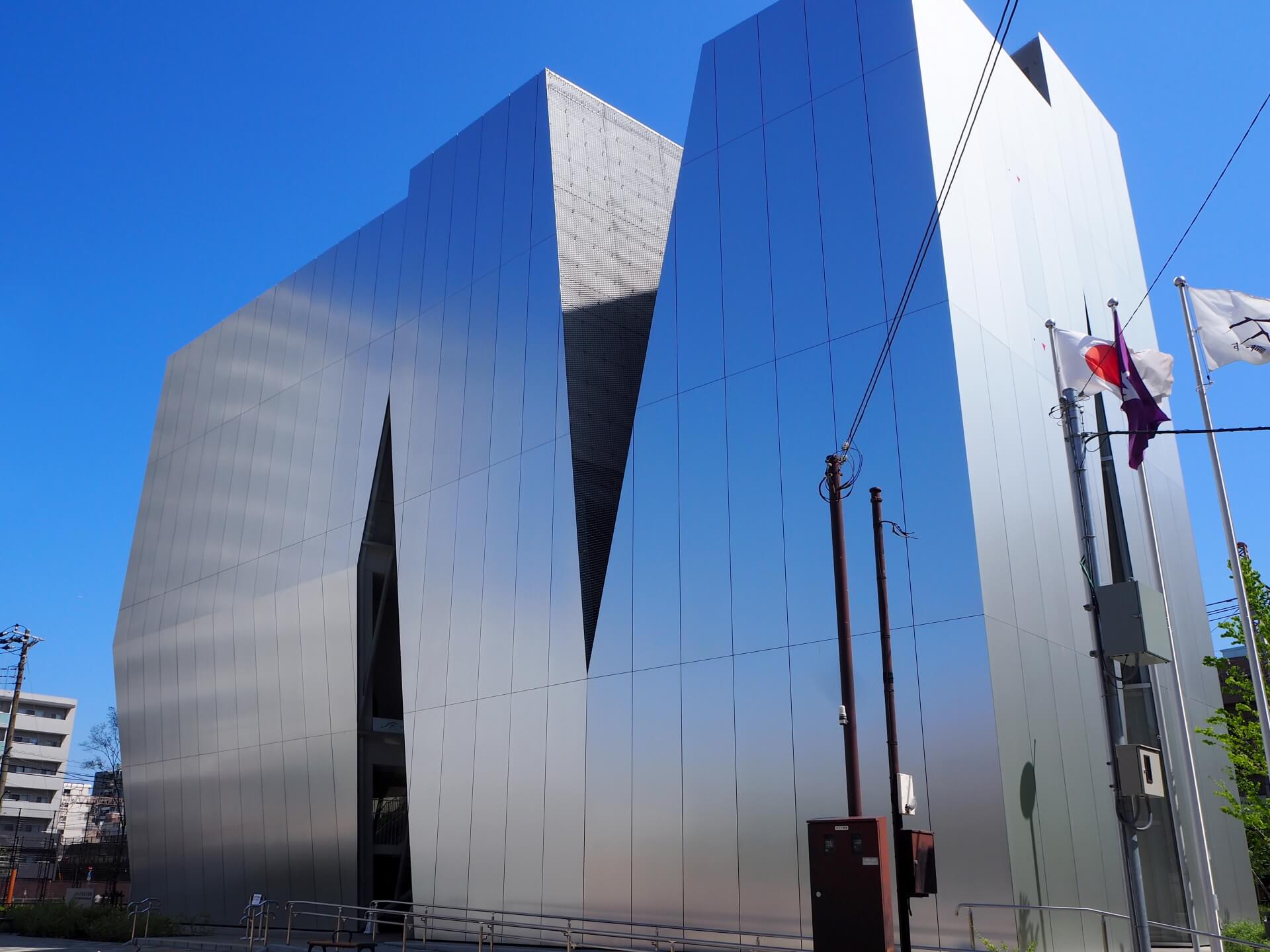
One of the world’s true great cities and a driving force in global culture, it is no surprise that Tokyo is home to some fantastic museums and galleries. Any attempt to list them, especially a list identifying the ‘best’ of them, presents many challenges but none less so than the fact that the museums and galleries that are loved by some, don’t engage others. So we undertake this list knowing that everything included is unlikely to appeal to any one reader but we are confident that lots of them will! On this page you will find the following information:
-- Recommended Museums & Galleries in Tokyo
-- Recommended Museums & Galleries Around Tokyo
— Things to Do Near Tokyo : Best Day Trips and Overnight Getaways
-- Best Dining Areas & Neighbourhoods in Tokyo
-- Book With Us! Nagano's No.1 Tour & Charter Operator
In compiling our list, we have considered museums and galleries that engage international visitors and reveal any interesting aspect of Japanese culture. It is our hope that a visit to any of them will further you understanding of Japan’s long, rich and often contradictory culture. From the traditional arts to contemporary visionaries, pop-culture and anime, natural sciences and industrial arts we hope this list whets your appetite for exploring the creative spaces of Japan.
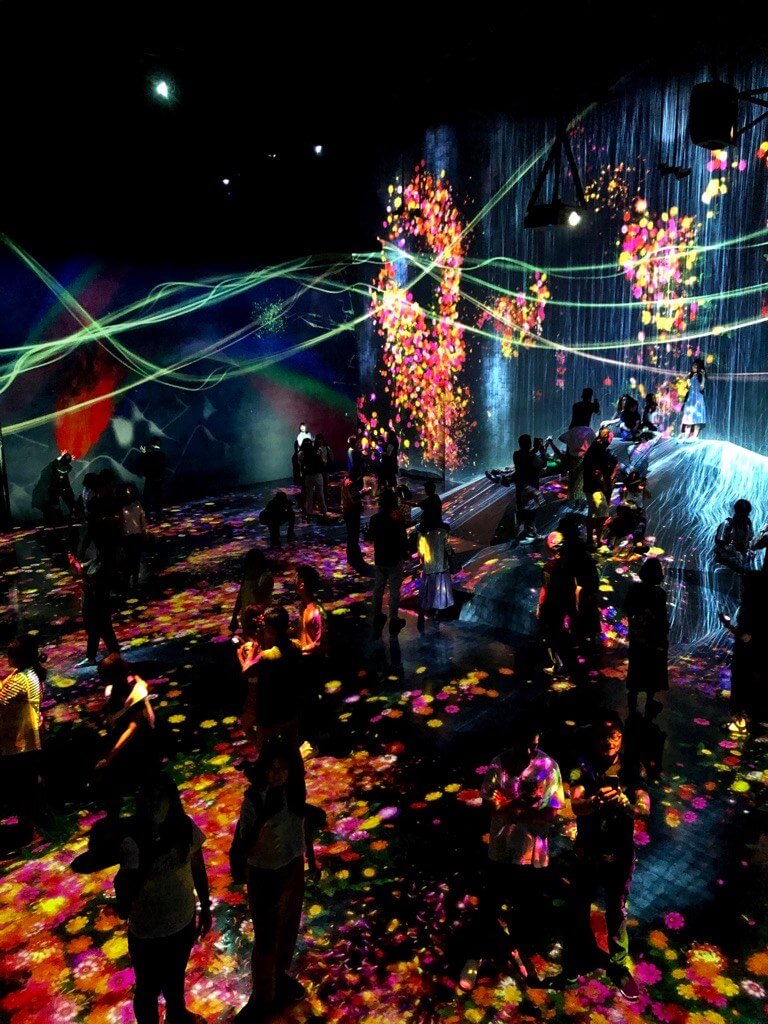
While there are plenty of famous museums and galleries on the list, we don’t consider that important and are even wary of many highly-touted attractions which often disappoint and when relevant, have made comment about that. Our recommendations are based on the most engaging museums and galleries that are easy to access using the train network including Hokuriku Shinkansen running from Tokyo to Kanazawa via Nagano. The Hokuriku Shinkansen and all other train services listed below are is covered by the Japan Rail (JR) Pass.
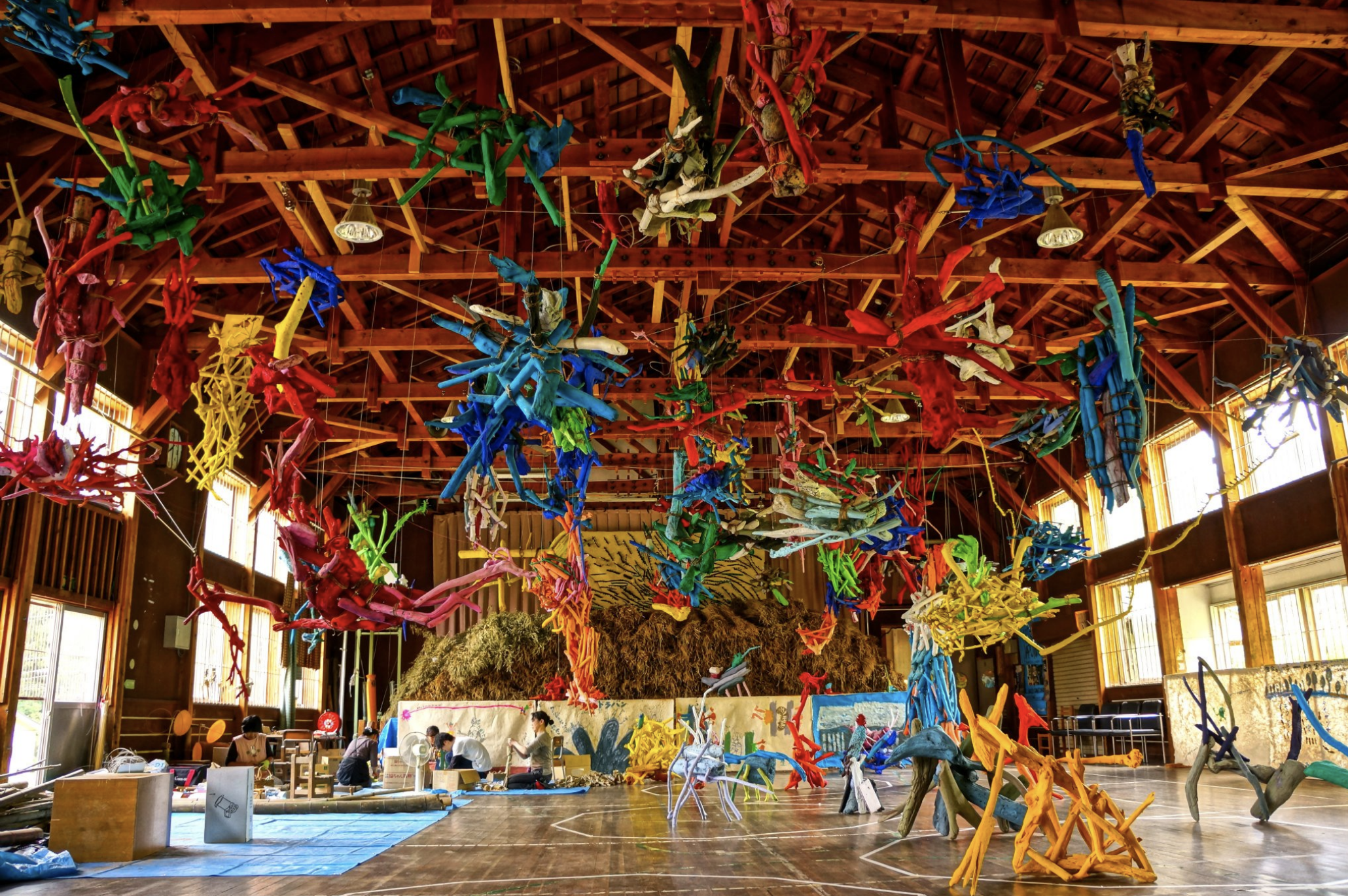

Based in Nagano, we are the region's No.1-rated tour and charter operator. We can arrange private transport to any destination included on this list while also providing locally-based guides in and around Nagano and Central Japan. We hope the following information is of assistance in planning your spring visit to Japan:
RECOMMENDED MUSEUMS & GALLERIES IN TOKYO
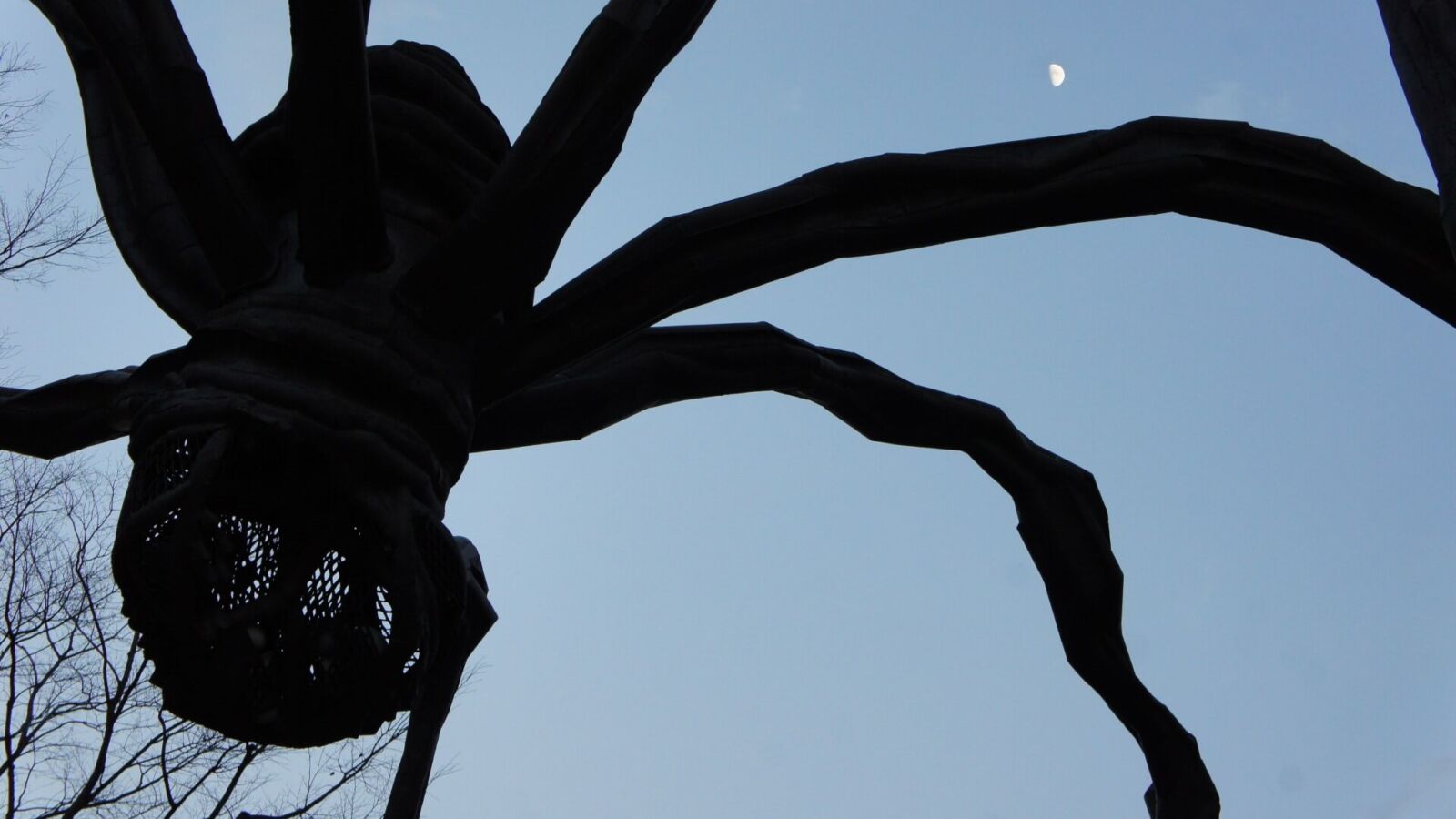
As a true global city, it is no surprise that Tokyo plays host to numerous outstanding museums and galleries, indicative of its thriving arts scene. Here is our suggestion of some of the best on offer in the capital:
1 / NEZU MUSEUM, Tokyo
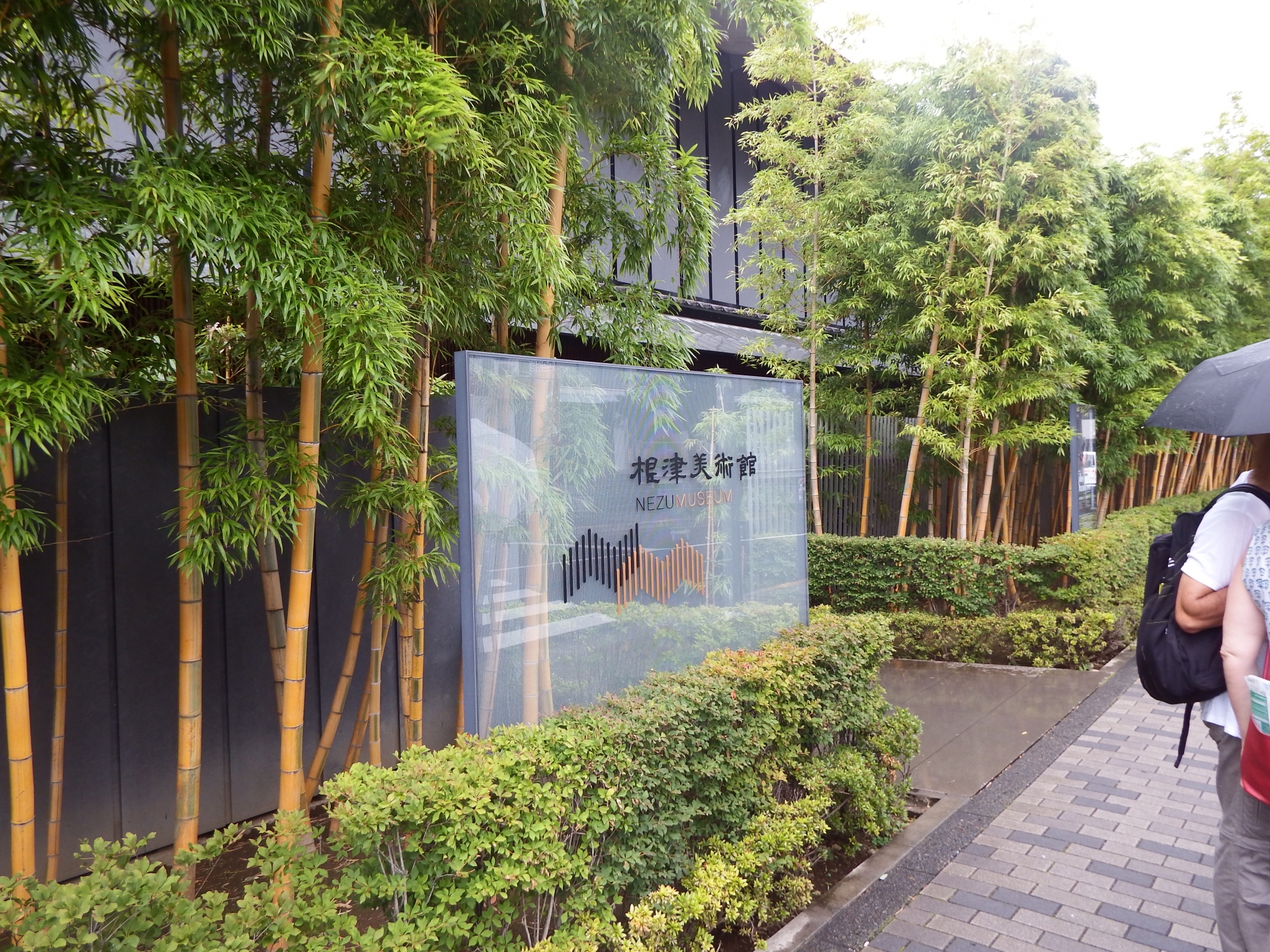
The Nezu Museum is one of Tokyo’s true highlights. Housing over 7000 works of art from Japan and East Asian, this captivating museum set within tranquil 17,000m² Japanese garden. The permanent collection includes calligraphy, paintings, ceramic and textiles showcasing Buddhist art. While first opened in 1941, the current museum building was designed by acclaimed architect Kengo Kuma with an enjoyable café/restaurant also sitting within the surrounding garden. Open daily from 10:00 to 17:00 (with last entry at 16:30). Closed on Mondays, over the New Year and irregular dates for installation of new exhibitions. Admission is JPY1500.
2 / MORI ART MUSEUM (MAM), Tokyo
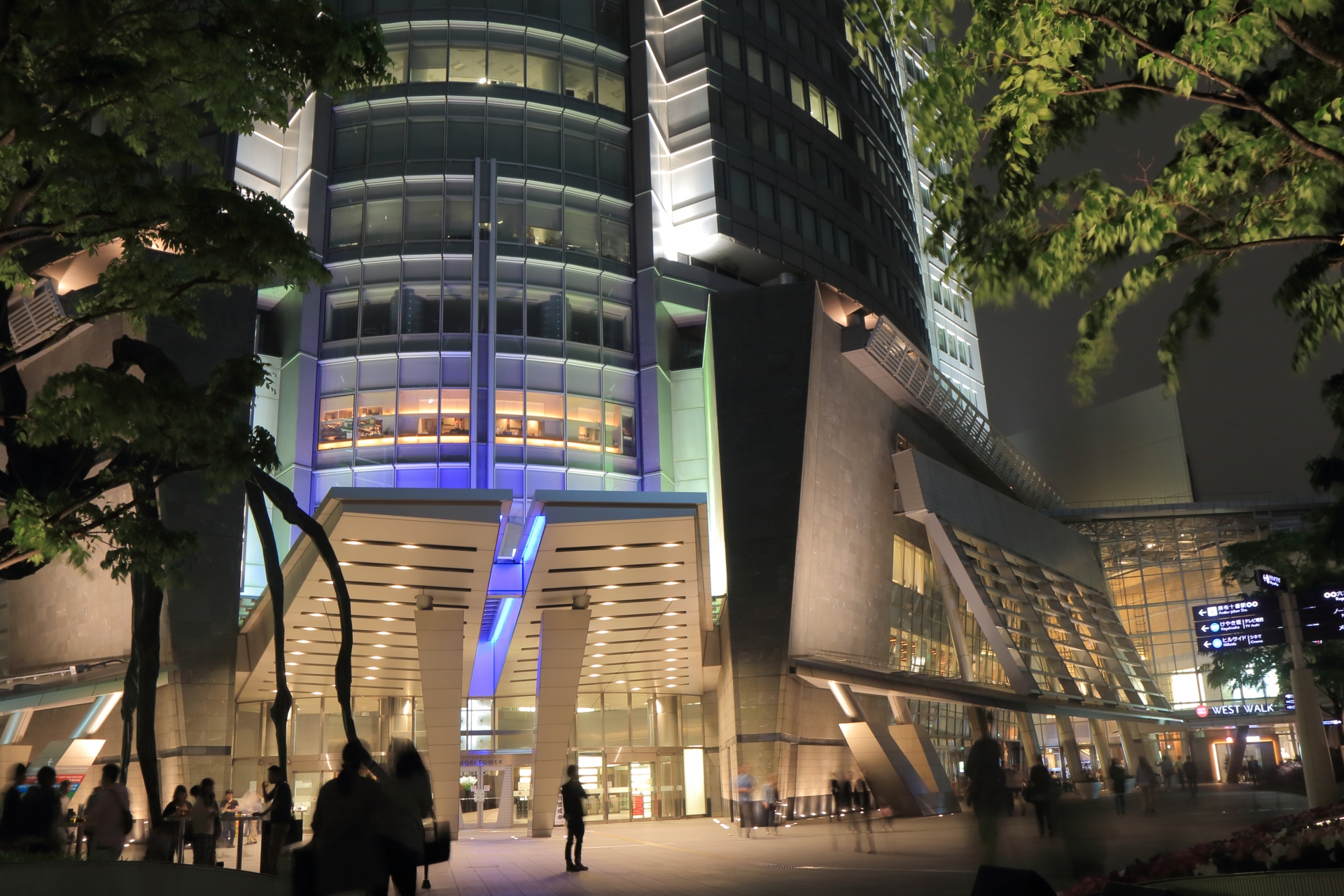
Located in the popular neighbourhood of Roppongi, the Mori Art Museum (MAM) is one of the best-known exhibition spaces in Tokyo. Rather than exhibit a permanent collection, MAM rotates its exhibitions to profile mostly contemporary Japanese and Asian artists and in doing so, provides ever-changing reasons to visit the museum. Situated on the 52nd and 53rd floors of the Mori Tower, the museum features a screening room, research centre, restaurant and observation decks affording great views of the city. Open daily from 10:00 to 22:00 (closes at 17:00 on Tuesdays). Remains open over the New Year period. Admission prices vary dependent on exhibition.
3 / THE NATIONAL ART CENTER TOKYO (NACT), Tokyo
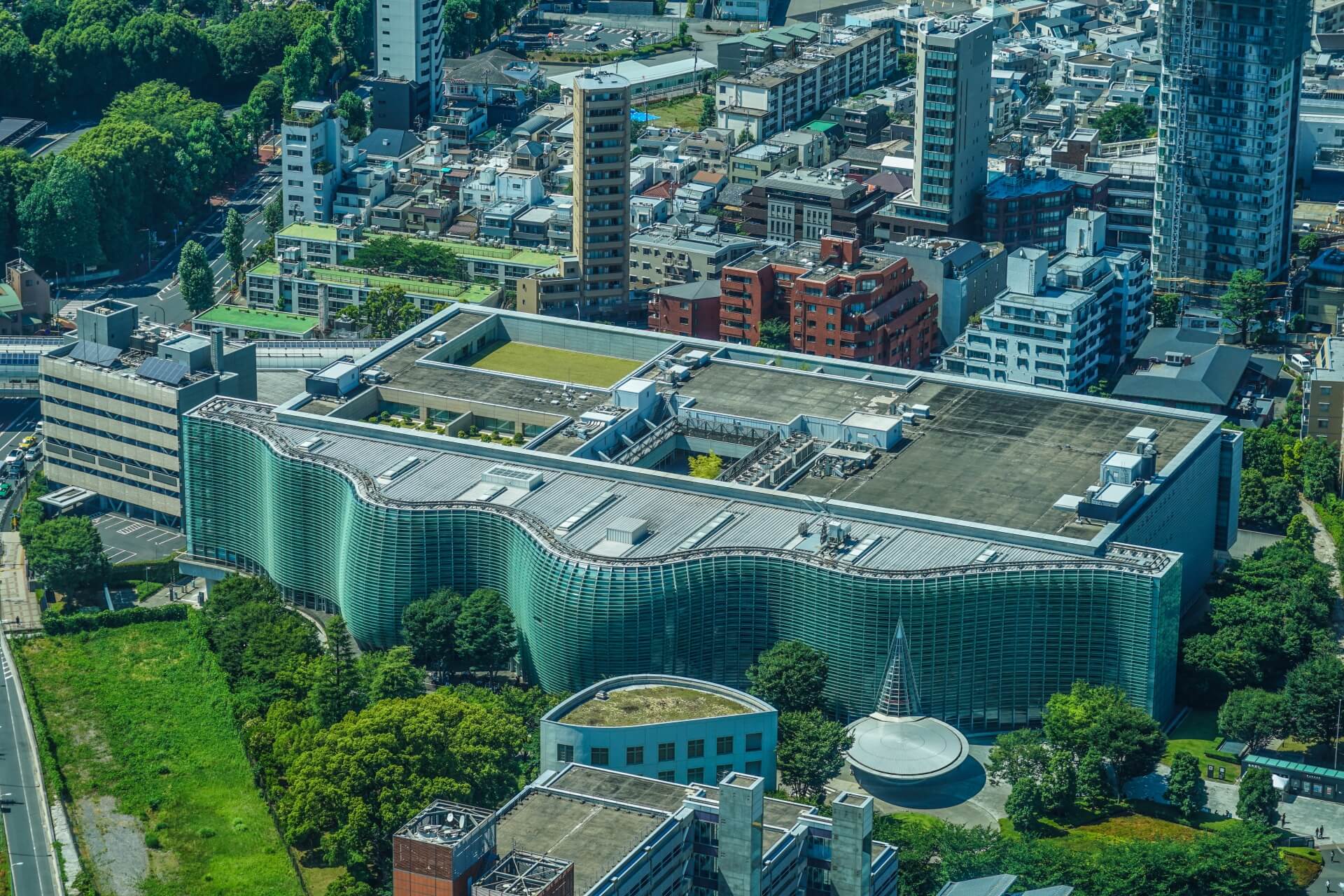
Also located in Roppongi, The National Art Center Tokyo (NACT) houses twelve galleries across 14,000m² of exhibition space within a striking glass façade. Somewhat unusually for a museum of its size, there is no permanent collection on display. Instead, the museum's focus is on exhibiting a diverse range of artists and exhibitions that appeal to a broad range of visitors – so best to check the official website to confirm what’s on offer at the time of your visit. Open daily from 10:00 to 18:00 with last entry at 17:30. Closed on Tuesdays. Admission is free, although some exhibitions may involve an admission fee.
4 / YAYOI KUSAMA MUSEUM, Tokyo
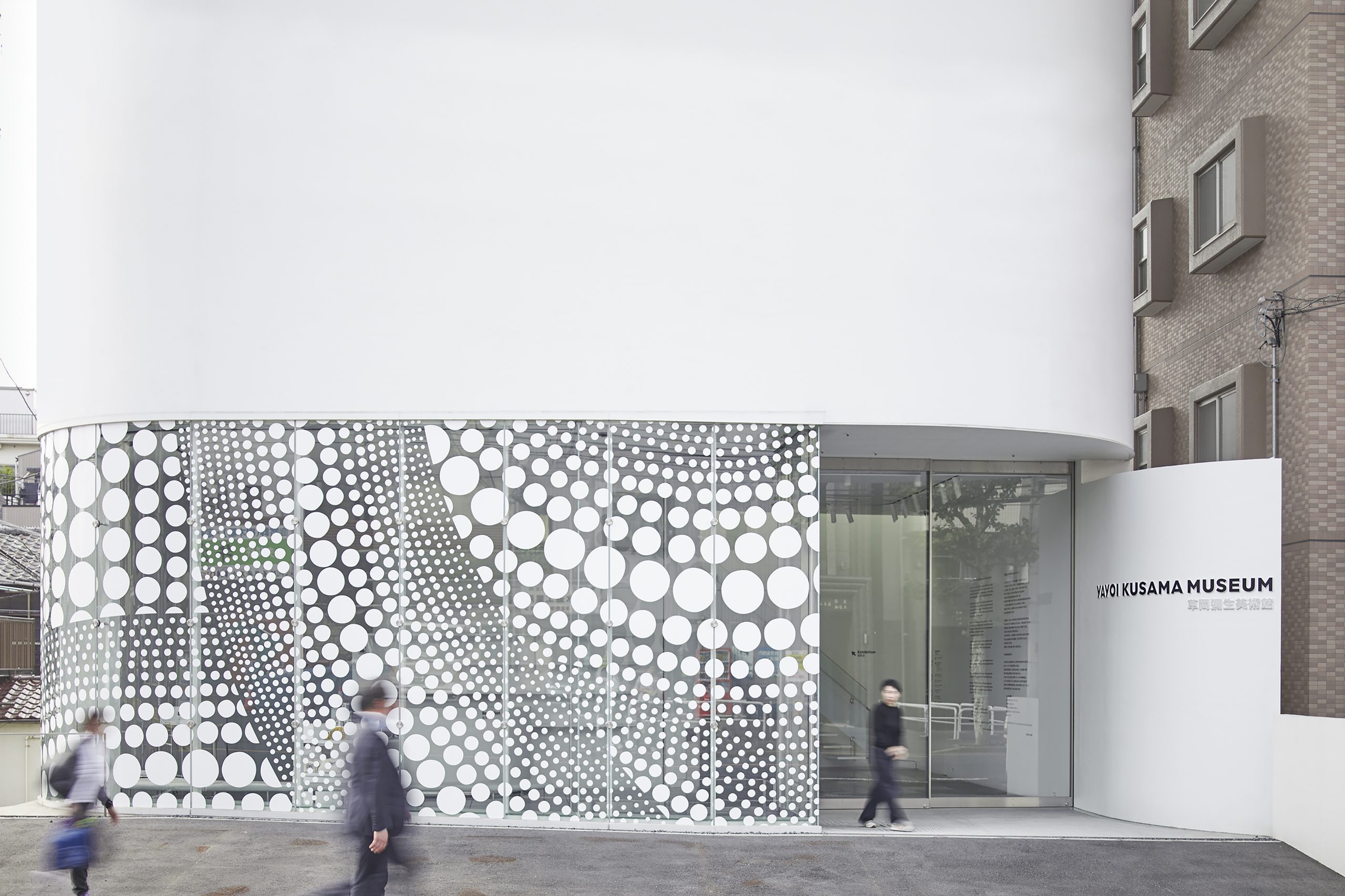
As Japan’s most famous contemporary artist, the avant garde installations Yayoi Kusama’s art with be recognisable to many international visitors. Bold colours and patterns define her work, with her famous polka dot motif adorning many of her artworks. Located in the Waseda district of Tokyo, the Yayoi Kusama Museum is dedicated to her work and given its popularity, tickets must be purchased in advance online with attendance limited. As a result, tickets sell-out well in advance, especially on weekends. Typically open 4 to 5 days per week from 11:00 to 17:30, you will be assigned a date and time to visit upon booking a ticket. Admission costs: Adult JPY1100 / School Children JPY600.
5 / THE SUMIDA HOKUSAI MUSEUM, Tokyo
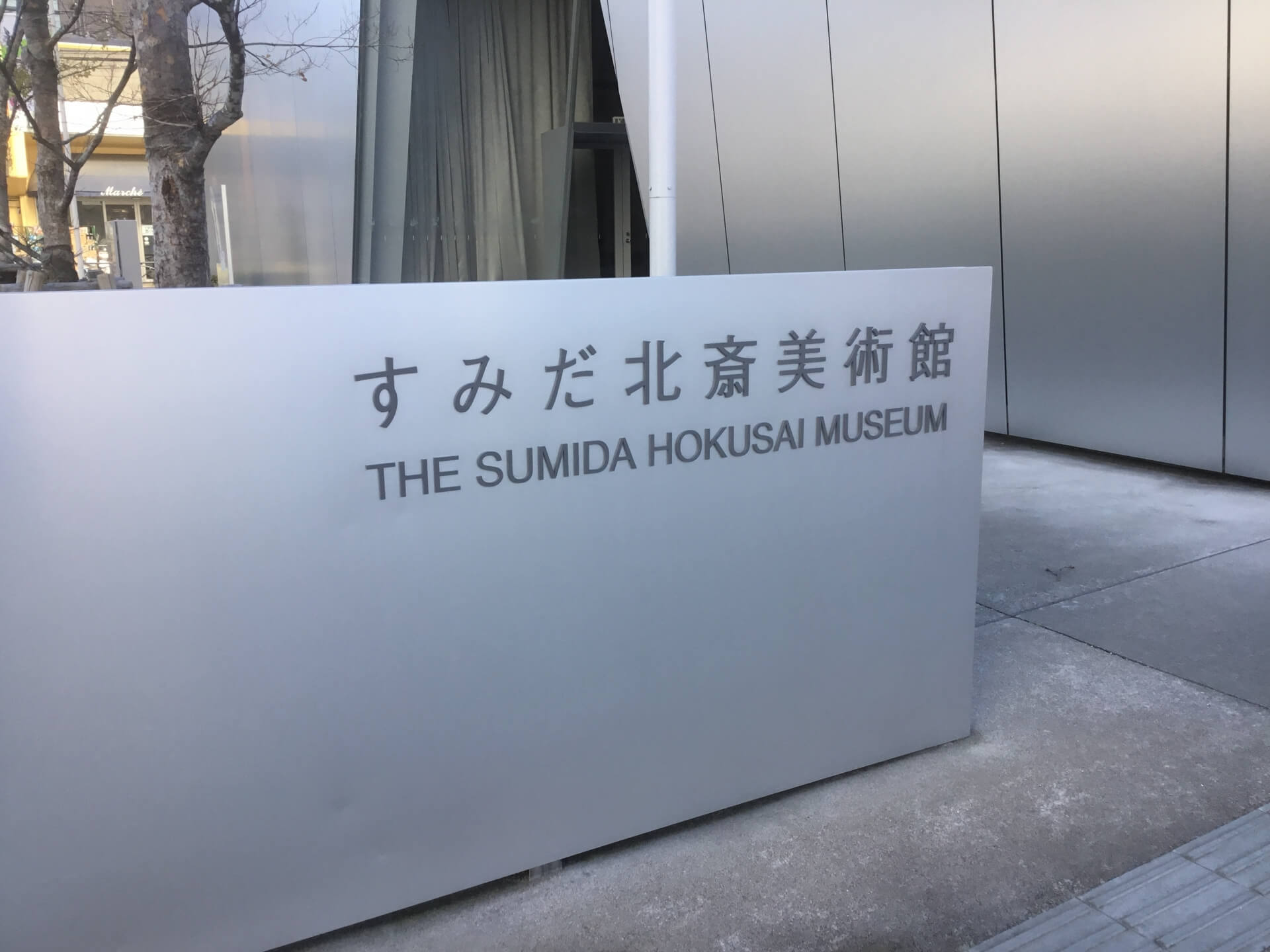
The Sumida Hokusai Museum is dedicated to the life and work of Japan’s most famous artist, Katsushika Hokusai. Mostly commonly and simply referred to as Hokusai, he lived during from the mid-18th to mid-19th century during the country’s fabled Edo Period, and during this lifetime, came to be recognised as a master artist across several mediums including ‘ukiyo-e’ and, today this day, is considered the grandfather of ‘manga’. Hokusai’s most famous artwork, known overseas as ‘The Great Wave’ is said to be one of the recognisable images in human history. The museum mixes a permanent display with a larger rotating exhibition space of his life’s work – said to total more than 30,000 artworks. Open daily from 09:30 to 17:30 (last entry at 17:00). Closed on Mondays and from Dec.26 to Jan.1. Admission is JPY400.
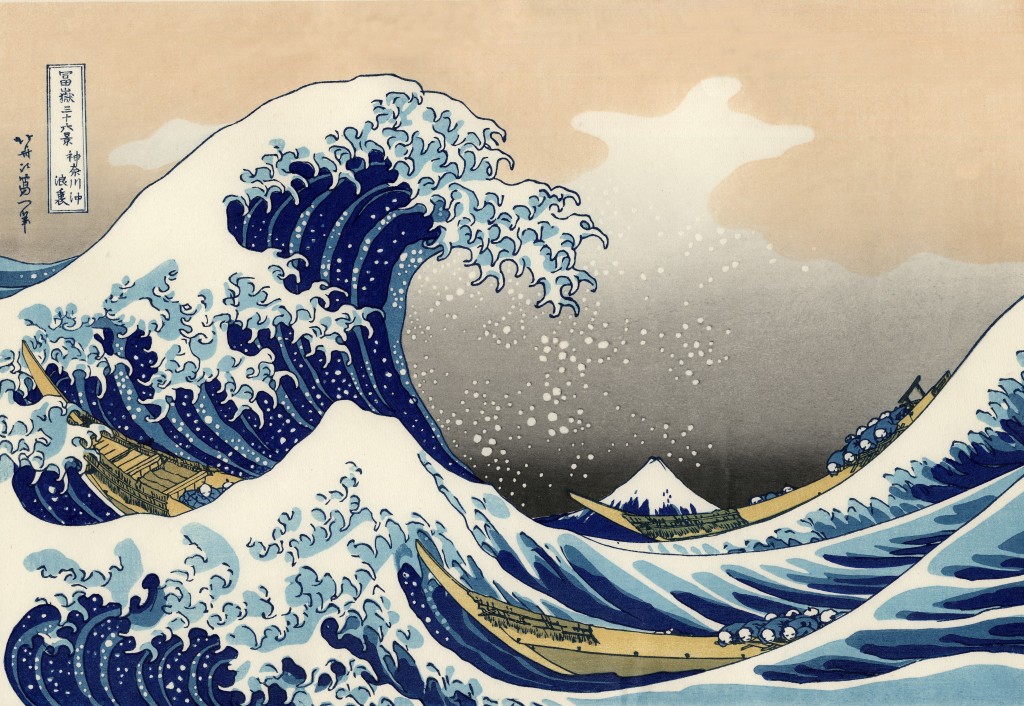
Lovers of Hokusai will also want to consider a trip to Nagano and the Obuse Hokusai Museum and nearby Ganshoin Temple, the ceiling of which is adorned with Hokusai’s largest remaining artwork and last great masterpiece – see below for details.
6 / EDO-TOKYO MUSEUM, Tokyo
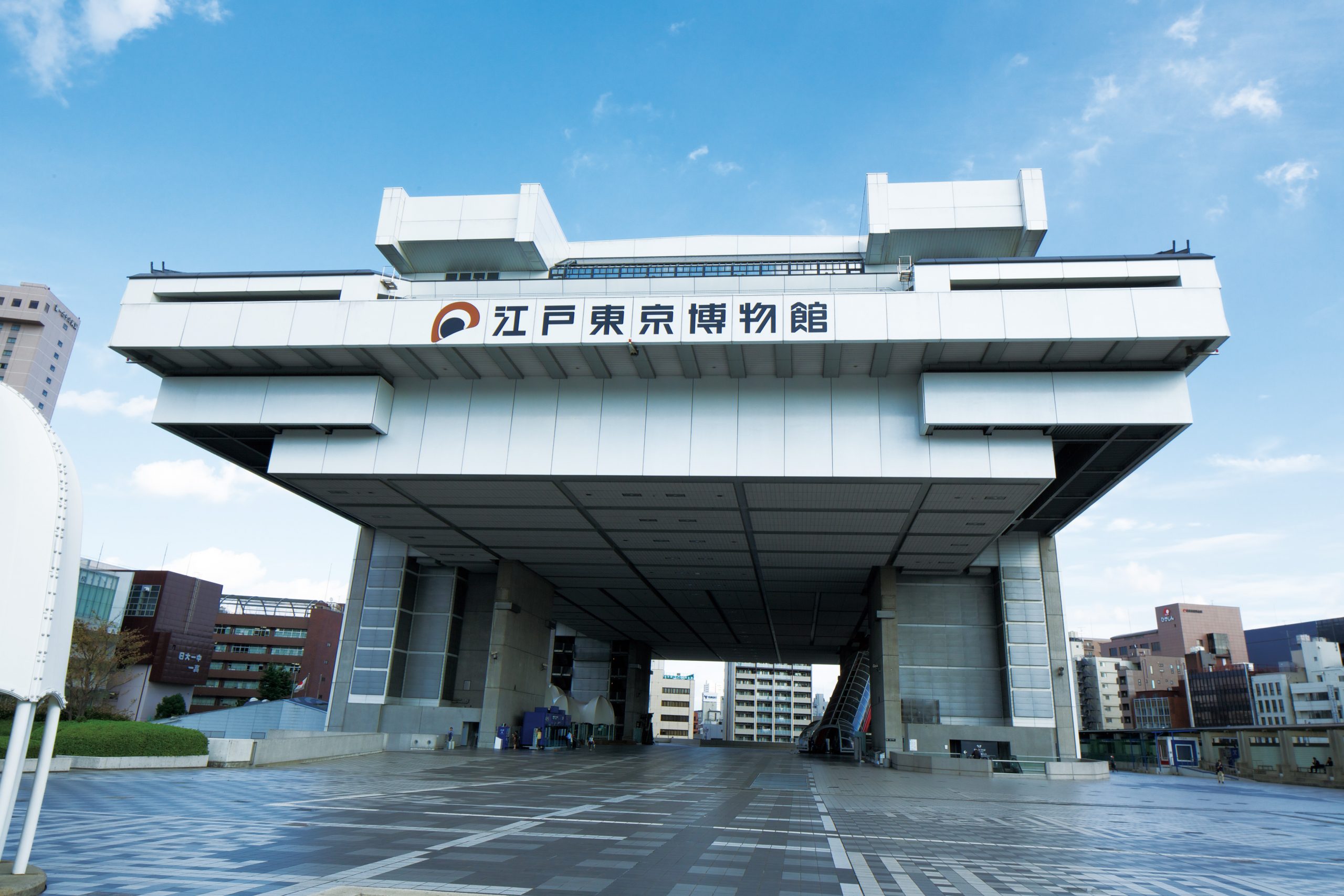
Located within walking distance of The Sumida Hokusai Museum, the Edo-Tokyo Museum is dedicated to Japan’s celebrated Edo Period and the rise of its capital city. Under the control of the Tokugawa shogunate ruling from Edo (now called Tokyo), Japan imposed self-isolation from the rest of the world during the Edo Period (1603-1868). The Edo-Tokyo Museum provides an entertaining and interactive experience, in which visitors can learn about life in the capital through that period up to relatively recent times. The museum includes a permanent exhibition ranging from reconstructed buildings, models, replicas and artefacts with five to six special exhibitions held throughout the year. Unlike many museums in Japan, the facility caters well to international visitors with English information and foreign language guides available. The museum is open daily from 09:30 to 17:30 with last entry at 17:00. Closed on Mondays. Admission costs: Adult JPY600 / Uni. Students JPY480 / Junior High School & High School Students JPY300 / Seniors (65+) JPY300 / children under 12 years of age are free of charge.
7 / teamLab Borderless, Tokyo
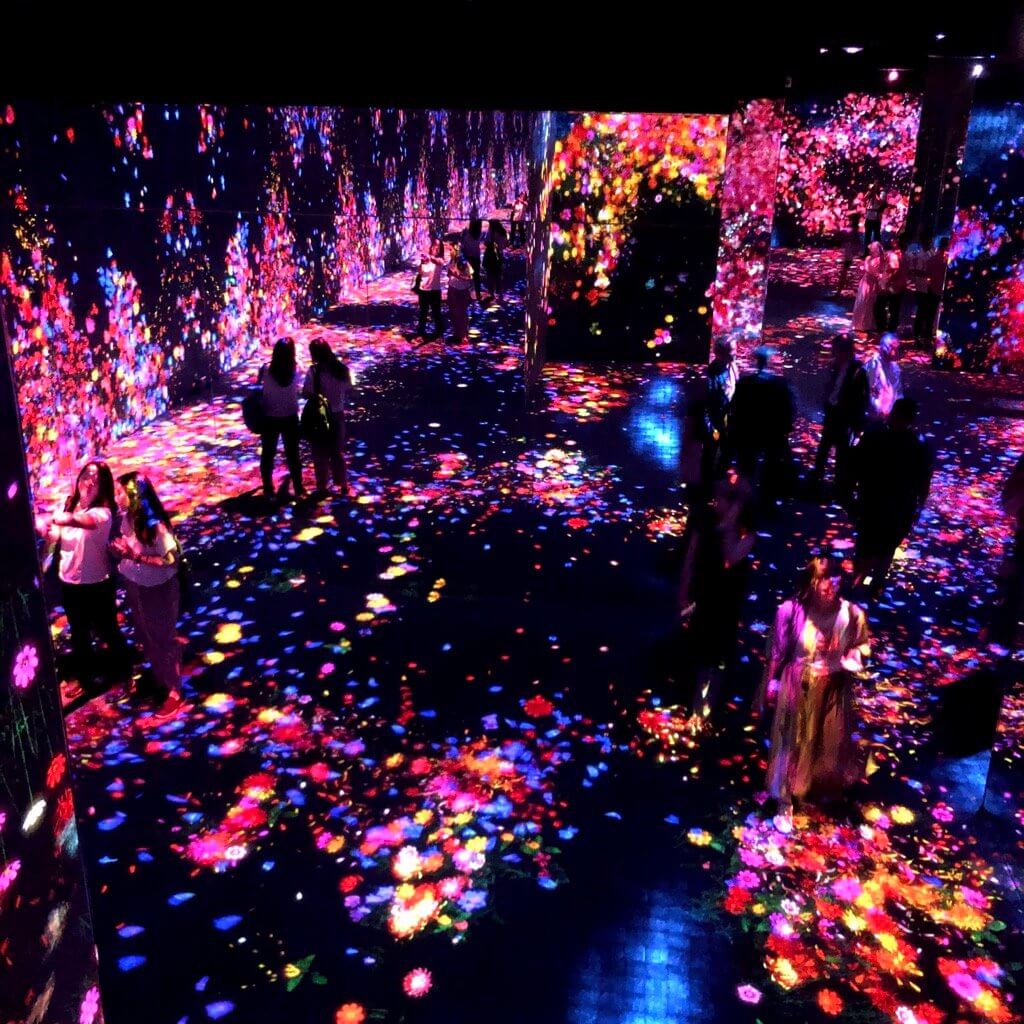
Opened in June 2018, teamLab Borderless is an expansive, interactive art space in which visitors move through an immersive series of digital exhibition spaces. Designed by digital artists at Mori Art Museum, the unique exhibition combines art with digital science in using more than 500 computers and 470 projectors to produce digital displays and illuminated installations. Spread across 10,000m², there is no set course to follow with rooms changing their appearance as you wander and interacting with your movement – surely a glimpse of the future and things to come. Hugely popular, expect crowds no matter which day you visit and it is worth commenting that while many people love it, the exhibition tends to come off as something of a gimmick to others. Open from 10:00 to 19:00 (last entry at 18:00) Monday to Friday and from 10:00 to 21:00 (last entry at 20:00) on Saturdays, Sundays and public holidays. Closed on the second and fourth Tuesday of each month. Admission costs: Adult (15+) JPY3200 / Child (4-14) JPY800.
8 / MUSEUM OF CONTEMPORARY ART, Tokyo
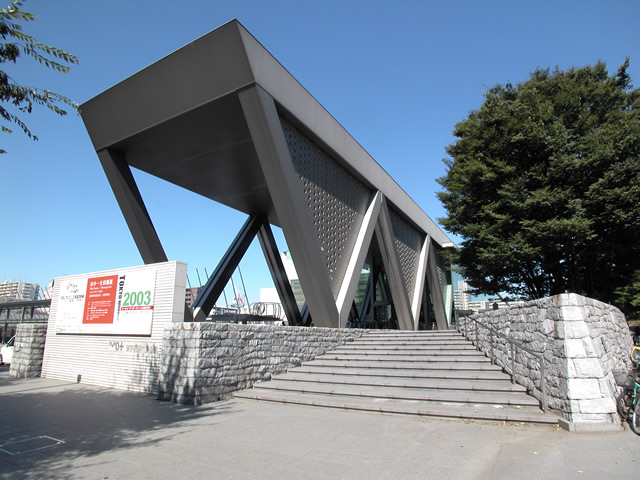
Opened in 1995, the Museum of Contemporary Art Tokyo, exhibits post-war artwork by both Japanese and international artists. The museum’s permanent collection includes around 5500 works of which around 100 are on display at any one time. Works by notable artists including Andy Warhol, Roy Lichtenstein and David Hockney make the museum worth visiting no matter when you are in Tokyo, while a busy calendar of events and special exhibitions dedicated to architecture, graphic design, fashion and more appeals to a diverse range of audiences. The museum seeks to educate students, academics and the public regarding modern art movements with a library of more than 270,000 books and materials that is open to the public free of charge. The museum is open daily from 10:00 to 18:00 with last entry at 17:30. Closed on Mondays and other intermittent days – see museum website for exact details. Admission to the permanent collection costs: Adult JPY500 / Uni. Students JPY400 / High School Students & Seniors (65+) JPY250 / Children aged 15 and under are free of charge. Admission to special exhibitions varies. The library is open to the public daily, free of charge from 10:00 to 18:00. Closed on Mondays and over the New Year period.
9 / SUNTORY MUSEUM OF ART, Tokyo
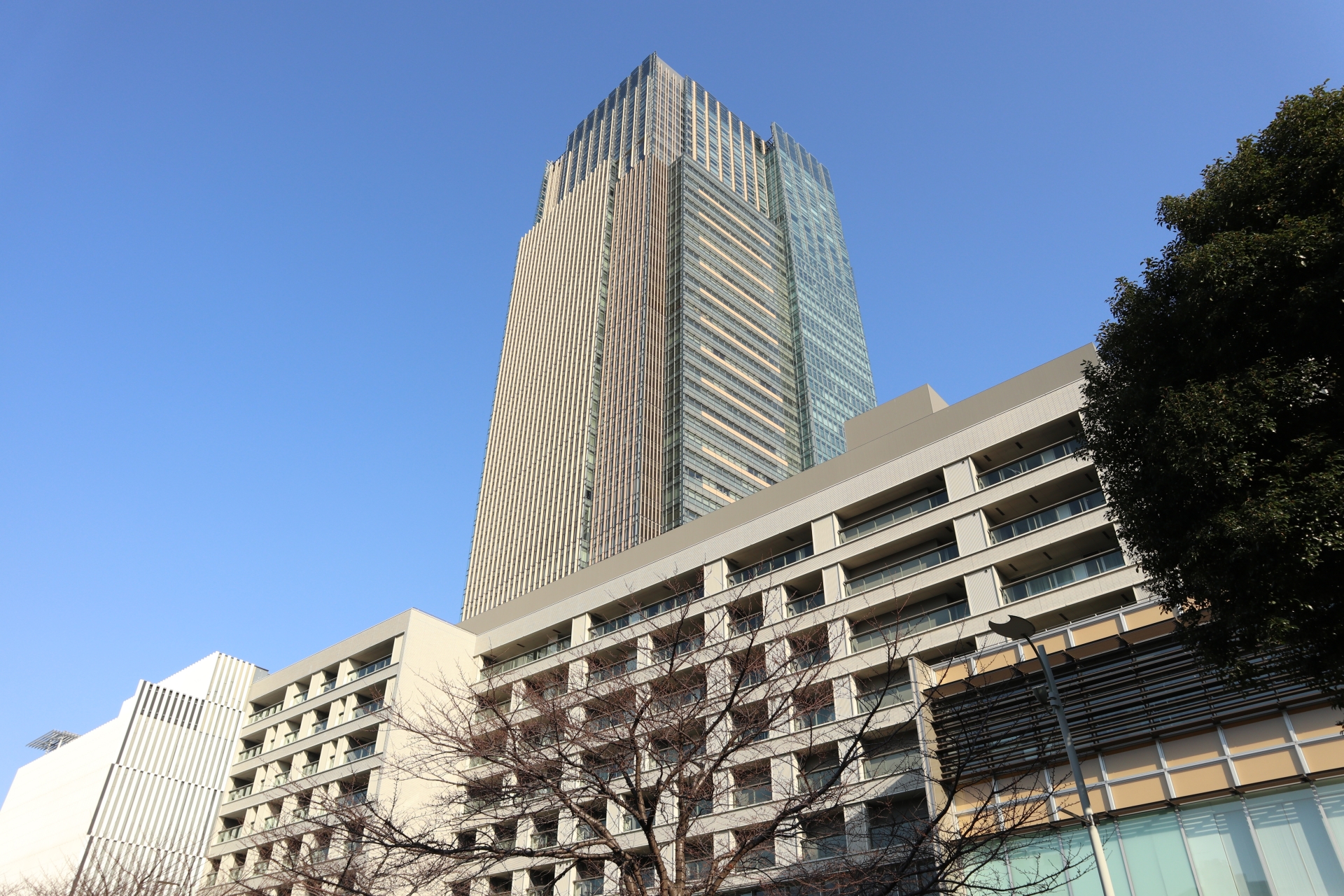
Designed by architect Kengo Kuma, the Suntory Museum of Art is owned by the Suntory corporation. The concept behind the design was to create an ‘urban living room’, in a fusion of modern design and Japanese tradition. Located on the third and fourth floors of the Tokyo Midtown building in the fashionable neighbourhood of Roppongi, the museum holds around 3000 Eastern artworks including paintings, ceramics, glassware, textiles and lacquerware. The museum hosts a series of exhibitions each year rather than exhibit a permanent collection, along with a busy calendar of events and workshops. Also including a café, tearoom and of course museum giftshop, the museum is open daily from 10:00 to 18:00 with last entry 30 minutes before closing. Opening hours are extended to 20:00 on Friday and Saturdays, with the museum closed on Tuesday, between exhibitions and over the New year Period. The cost of admission varies depending on the exhibition – see the museum’s website for current information.
10 / NATIONAL MUSEUM OF NATURE AND SCIENCE, Tokyo
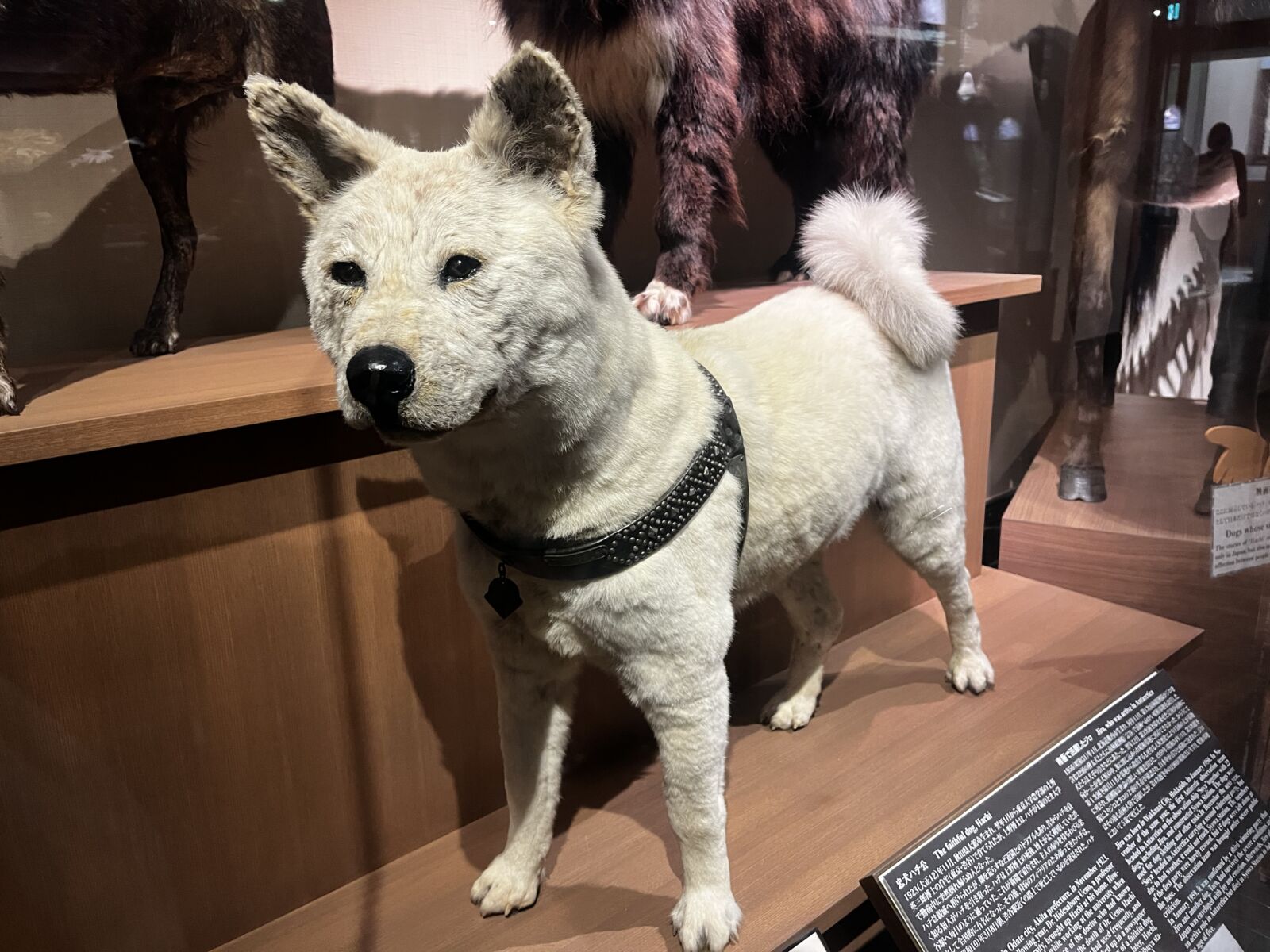
If you’re interested in natural history, animals and human evolution, the National Museum of Nature and Science is a must visit. Opened in 1871, it is one of Tokyo’s most famous museums located next to Ueno station within the beautiful Ueno Park. Some of the main attractions here include a life sized Blue Whale model, a steam locomotive and the taxidermied body of the beloved and legendary dog Hachikō. You can also learn about the evolution of the Japanese people from prehistory through to the more modern Edo period. The architecture of this Meiji period building is also impressive and makes the atmosphere of the museum more impressive. Once you have finished looking at the exhibitions, go up to the Museum’s rooftop terrace and herb garden. Here you can sit, relax and marvel at the amazing views of Tokyo. You can the Tokyo Skytree here on clear days! The museum is closed on Mondays, and from Tuesday - Sunday itmis open between 9am - 5pm. Admission fee is 630 yen, but for high school students and younger it is free to enter.
11 / TOKYO PHOTOGRAPHIC ART (TOP) MUSEUM, Tokyo
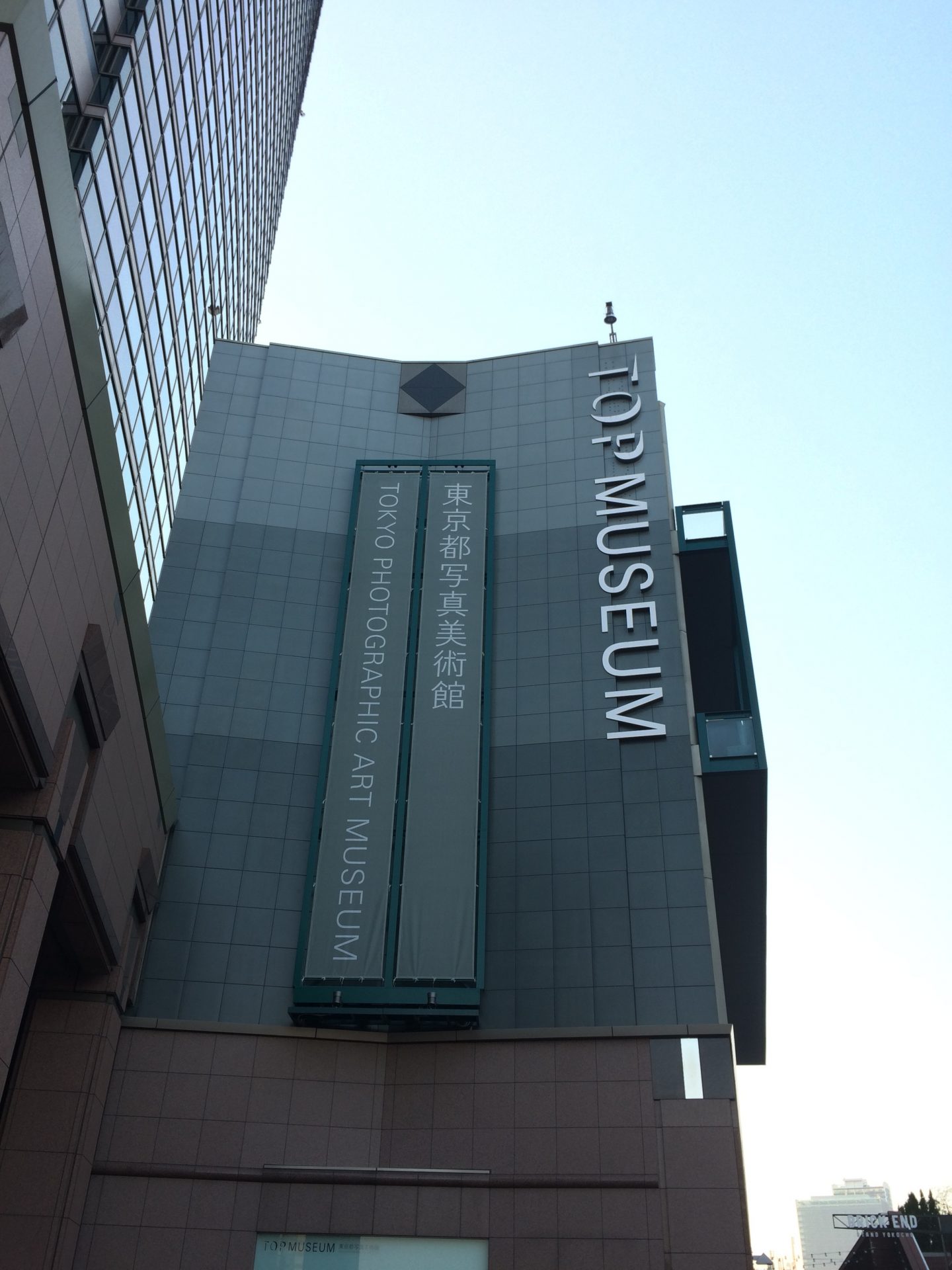
Housing more than 33,000 works, the Tokyo Photographic Art (TOP) Museum showcases the work of both Japanese and international artists across three galleries. Exhibitions vary in the themes, subjects and periods captured, from emerging contemporary photographers, to the famous, and historically important collections. Not just a gallery, TOP seeks to support and promote photography as an artform, regularly hosting lectures, workshops and events. Open daily from 10:00 to 18:00 (last entry at 17:30). Closed on Mondays and over New Year period. Admission cost varies depending on exhibition.
12 / THE NATIONAL MUSEUM OF MODERN ART (MOMAT), Tokyo
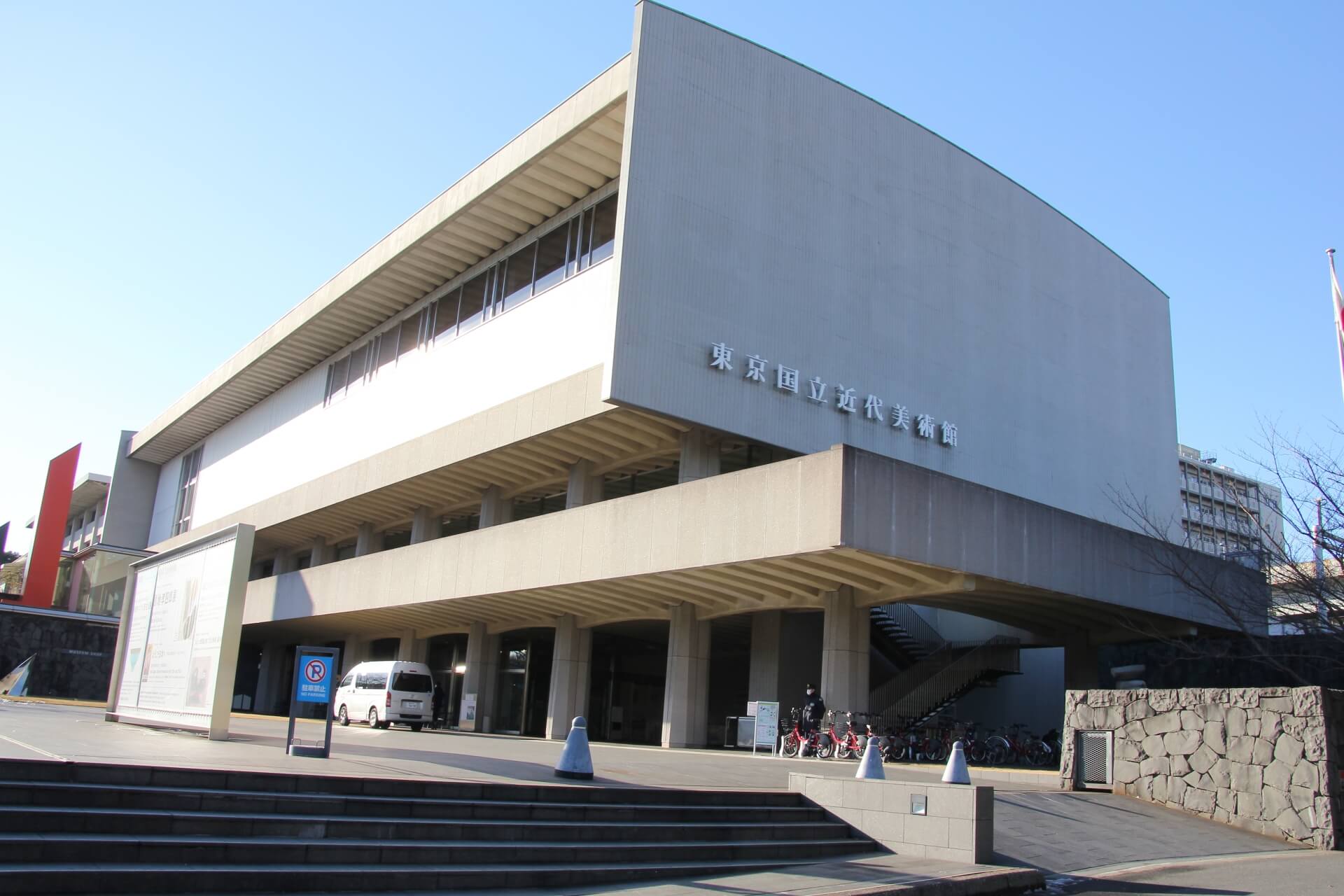
Within walking distance of Tokyo Station, The National Museum of Modern Art (MOMAT) houses over 13,000 artworks by Japanese and international artists. Showcasing works from the Meiji Period (1869-1912) until today, the museum provides insight into the influence the West has had on Japanese art. While the works on display are important, exhibitions tend toward older style displays that will likely fail to capture the imagination of some visitors. Open 10:00 to 17:00 (with last entry at 16:30) from Tuesday to Thursday and Sunday, and 10:00 to 20:00 (with last entry at 19:30) on Friday and Saturday. Closed on Monday, between exhibitions and over the New Year period. Admission is JPY500.
13 / OTA MEMORIAL MUSEUM OF ART, Tokyo
The Ota Memorial Museum of Art holds around 14,000 ‘ukiyo-e’ artworks, once the private collection of Seizo Ota V - a former president of Toho Insurance Company. During his lifetime, Seizo dedicated himself to regaining many of the ukiyo-e artworks that were taken out of Japan during the Meiji Period and in doing so, accrued one of Japan’s great collections. Upon his death in 1977, his collection was made accessible to the public with the museum opening in 1980. Around half the prints are on view at any one time with English information varying in quality and descriptiveness between artworks. The museum is open daily from 10:30 to 17:30 with last entry at 17:00. Closed on Mondays and in-between exhibitions. Admission cost varies depending on the exhibition. See the museum’s website for details.
14 / YAMATANE MUSEUM OF ART, Tokyo
Another Tokyo museum in exhibiting a private collection, the Yamatane Museum of Art houses modern artworks by Japanese artists. Founded by the ex-chairman of the Yamatane Art Foundation, Yamazaki Tomiji, the collection includes traditional Japanese arts including ‘ukiyo-e’, ‘nihonga’ and textiles – including works deemed of ‘national cultural significance’ along with contemporary works by active artists. The museum combines two exhibition spaces for its permanent collection and special exhibits, with a focus on the natural world including possession of several artworks by renowned painter Higashiyama Kaii. Open daily from 11:00 to 16:00 with last entry at 15:30, the museum is closed on Mondays, between exhibitions and from Dec.29 to Jan.2. Admission costs (permanent/special exhibit): Adult JPY1100/JPY1300; High School & Uni. Students JPY900/JPY1000; and children under 15 are free of charge.
15 / TOKYO NATIONAL MUSEUM, Tokyo
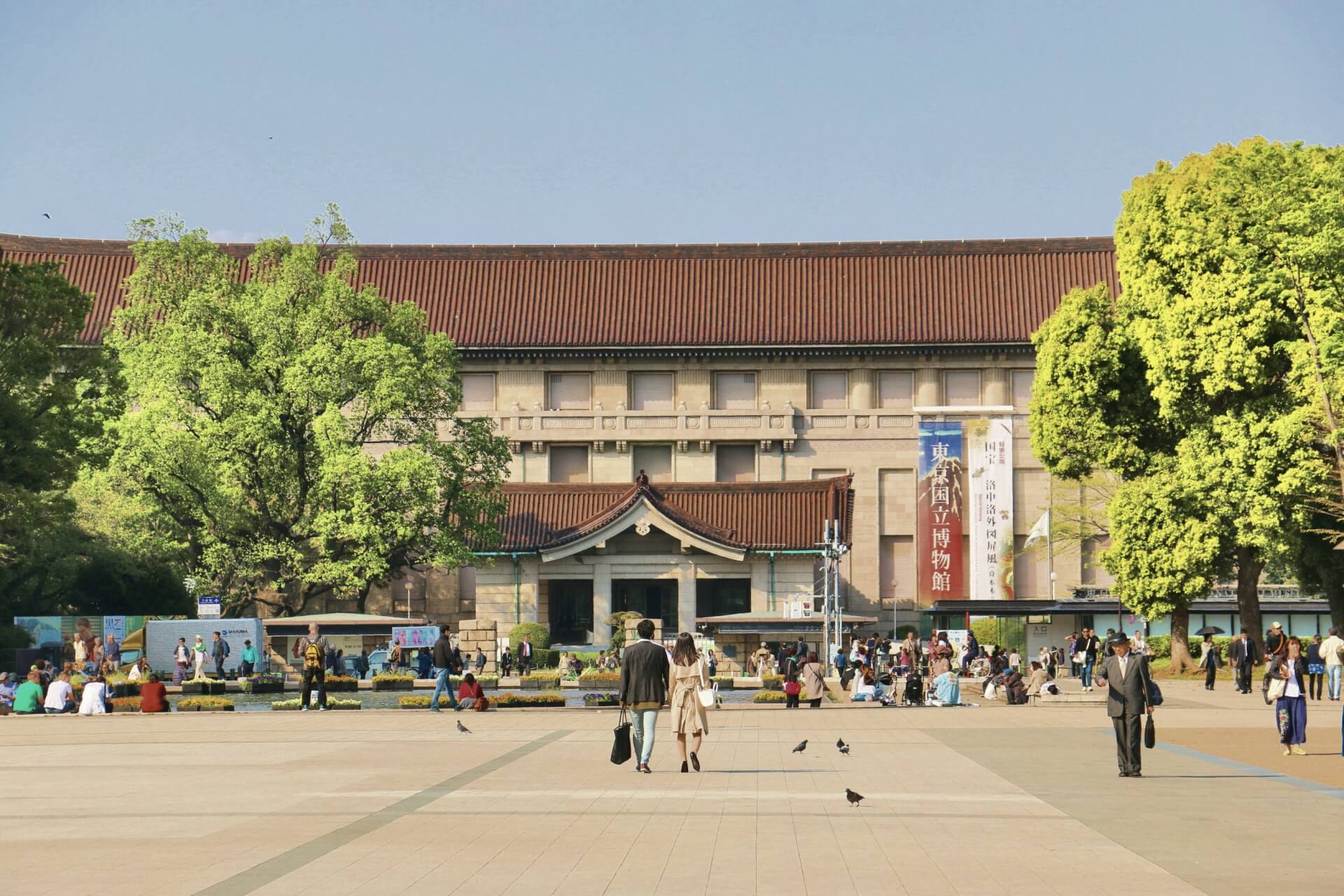
As Japan’s oldest and largest national museum, the Tokyo National Museum will be included on almost any list of best museums and galleries in the capital. Housing one of the country’s most important collections of artefacts and artworks, the museum is split into six buildings profiling different aspects of Japanese culture, other Asian cultures and spaces for temporary exhibitions. While many visitors enjoy their time at the museum, it can leave others feeling underwhelmed. Exhibition spaces often feel empty, artworks are often sparse, behind glass and poorly lit, and there is little foreign language information. Indeed, the best presented area of the museum is the Tokokan, dedicated to art and artefacts from countries other than Japan including China, Korea, Southeast Asia and India. Given its profile as the repository of culture in Tokyo, you might feel this museum is a must-do however there are smaller museums and galleries – including the Nezu Museum – that will provide a more engaging experience and understanding of traditional Japanese and Eastern art. The Tokyo National Museum is open daily from 09:30 to 17:00 or until 21:00 on Friday and Saturday (with last entry 30 minutes before closing). Closed Mondays and over the New Year period. Admission costs: Adult (18+) JPY1000 / Uni. Students: JPY500 / all other persons are free of charge.
16 / STUDIO GHIBLI MUSEUM, Tokyo
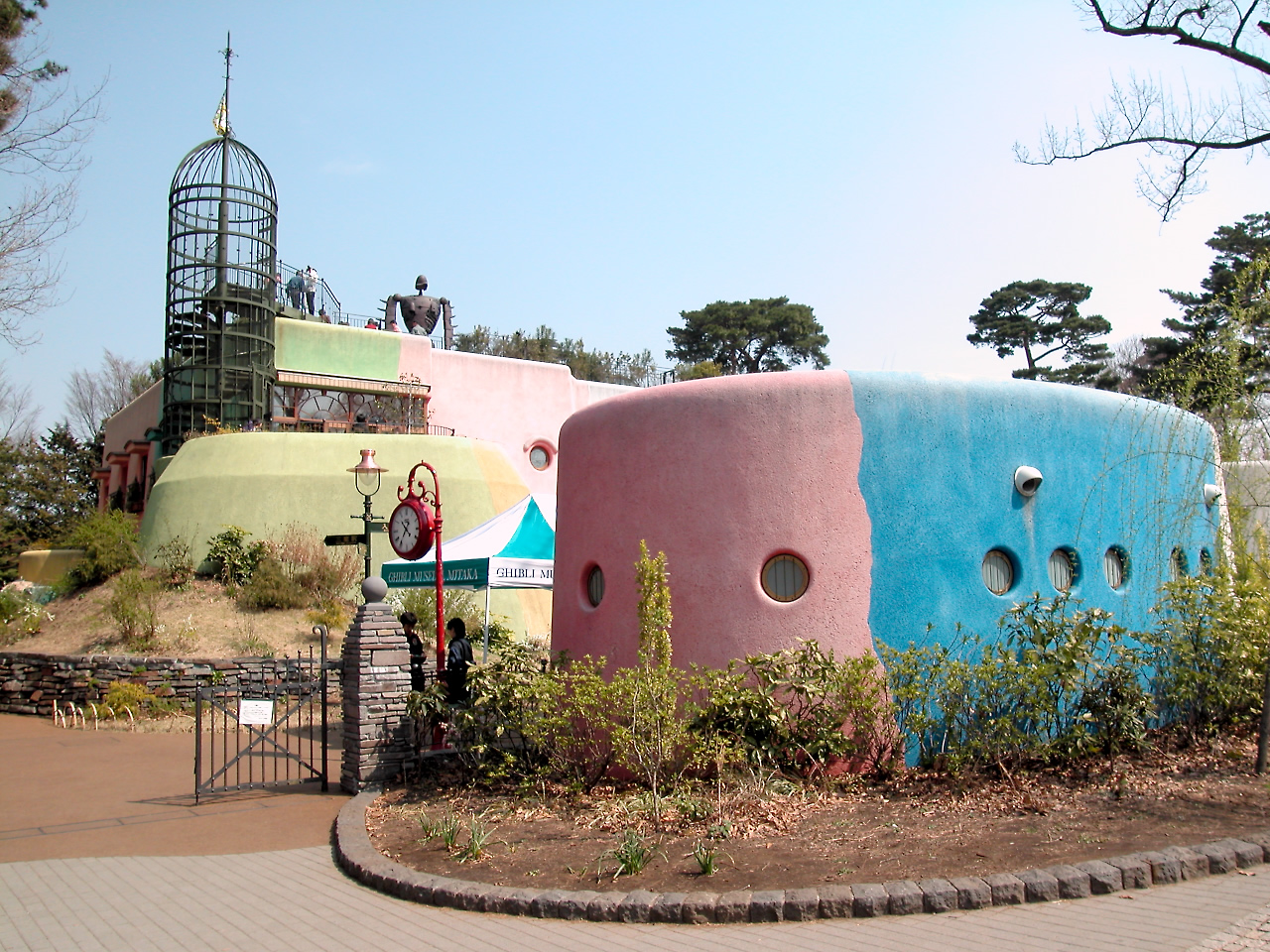
A must-see for fans of Japanese ‘anime’ and highly enjoyable for any visitor with even the slightest interest in Japan’s rich history of film, the Ghibli Museum profiles the films of Studio Ghibli – Japan’s most famous animation studio. Founded by legendary director Hayao Miyazaki, the museum features a children’s, technical arts, and fine arts exhibitions demonstrating the film-making process and making the museum fun for guests of all ages. Visitor numbers are tightly controlled and tickets are issued with a specific date and time they can be used. Tickets cannot be purchased at the museum but instead can be purchased online or through participating vendors and agents. Always popular, you will need to plan ahead with tickets usually sold-out for between 3 to 6-months in advance. Open from 10:00 to 18:00 however tickets must be bought online and cannot be purchased at the museum. Admission costs: Adult (19+) JPY1000 / Youth (13-18) JPY700 / Child (7-12) JPY400 / Infant (4-6) JPY100.
17 / TOKYO METROPOLITAN TEIEN ART MUSEUM, Tokyo
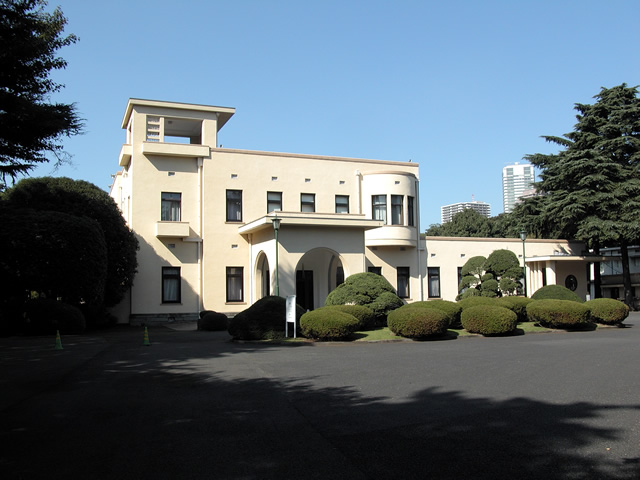
Located in the Minato district, the Tokyo Metropolitan Teien Art Museum is an architecturally and historically important art deco building. As the former residence of Prince Asaka, the building is exquisitely appointed with glasswork completed by renowned French designer René Lalique and interiors by Henri Rapin, upon its construction in 1933. The museum does not house a permanent collection but instead hosts a series of exhibitions through the year, typically exhibiting modern paintings, sculpture and ceramics with the building itself and surrounding gardens attracting visitors in their own right. The museum is open daily from 10:00 to 18:00 with last entry at 17:30. Closed on the second and fourth Wednesday of each month and over the New Year period. Museum building will also be closed prior to and after exhibitions however the garden remains open (see museum website for details). Admission price varies depending on exhibition with entry to the garden costing: Adult JPY200 / Junior High School/High School Students & Seniors JPY200 / Children aged under 12 are free of charge.
18 / OMIYA BONSAI ART MUSEUM, Saitama
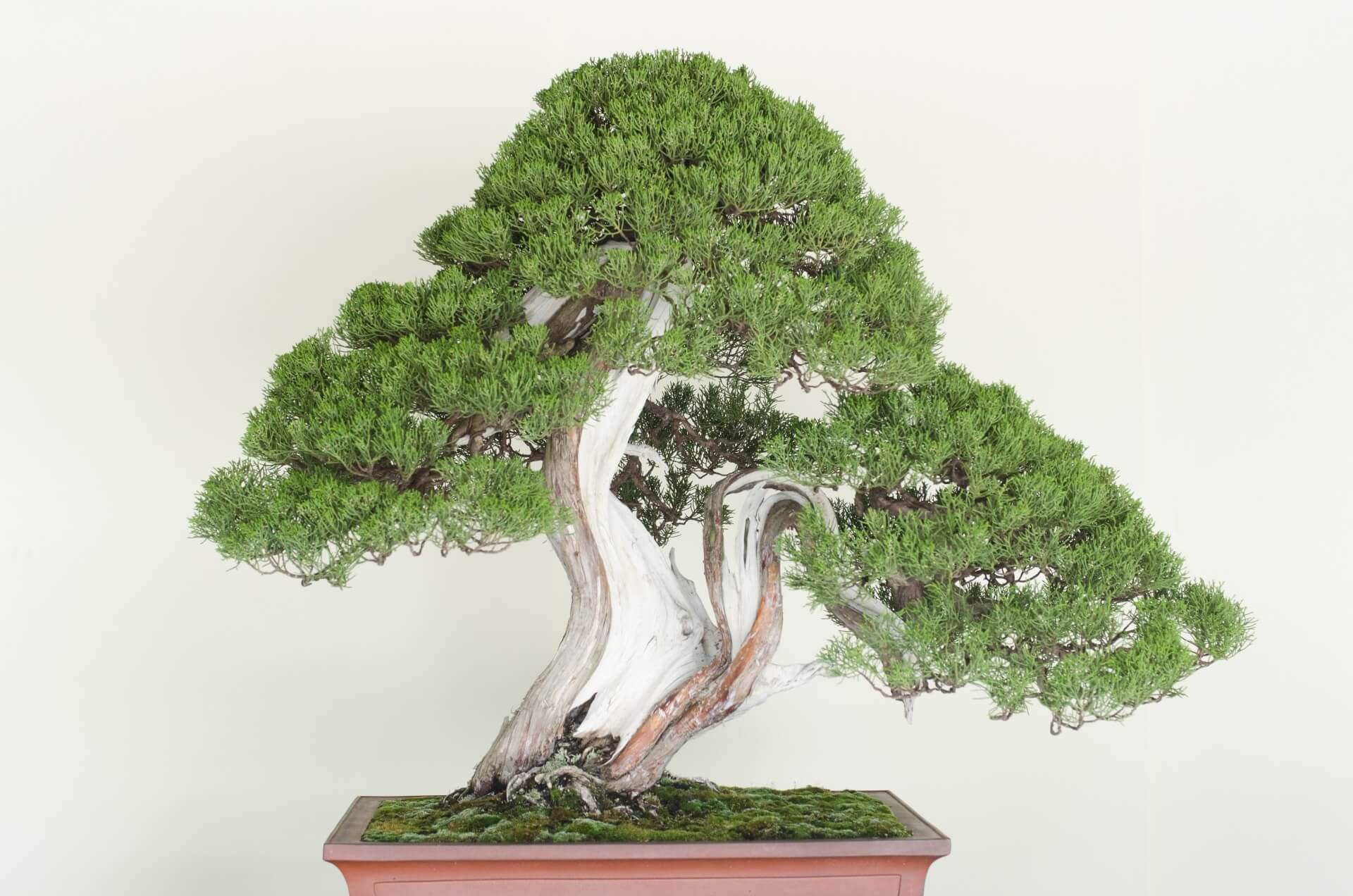
Although located a little out of Tokyo in Saitama, the Omiya Bonsai Art Museum can be considered a destination within the capital and one well-worth visiting. While it may not jump-out as an obvious attraction, this engaging museum is highly recommended and must be experienced to really appreciate what is on display. Exhibiting some of Japan’s oldest and most captivating examples of the art of ‘bonsai’, the museum showcases around 120 trees with some estimated to be 1000 years old. Photographs and words don’t do the museum justice – this is one museum which must be enjoyed first-hand to really appreciate it. Situated in Omiya’s ‘Bonsai Village’, a visit to the museum will inspire you to wander the peaceful streets of the area and browse the outdoor nurseries of professional growers. Open 09:00 to 16:30 from March to October and 09:00 to 16:30 from November to February, last admission is 30-minutes prior to closing. Closed on Thursdays and from Dec.29 to Jan.3. Admission costs: Adult JPY310 / High School & Uni. Students JPY150 / Primary School Students JPY100.
RECOMMENDED MUSEUMS & GALLERIES AROUND TOKYO
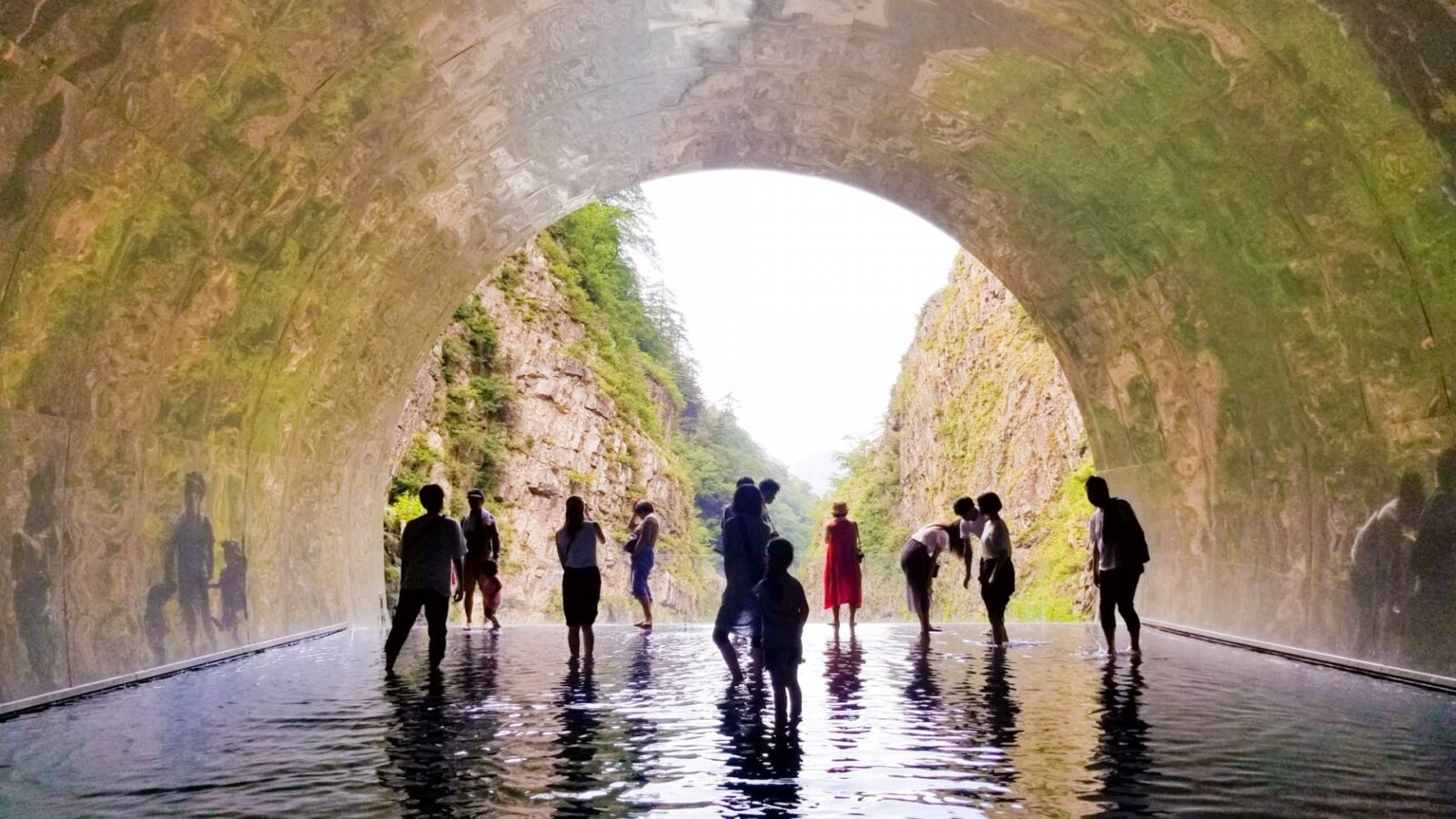
Japan's arts scene doesn't start and finish in Tokyo. Indeed, our home region of Nagano boasts the most museums and galleries of any region in Japan! The following museums and galleries are all located outside of the capital, starting in Hakone, before heading toward Mount Fuji and then into Central Japan with recommendations in Karuizawa, Nagano, Matsumoto, Toyama, Kanazawa and beyond!
19 / HAKONE OPEN-AIR MUSEUM, Hakone
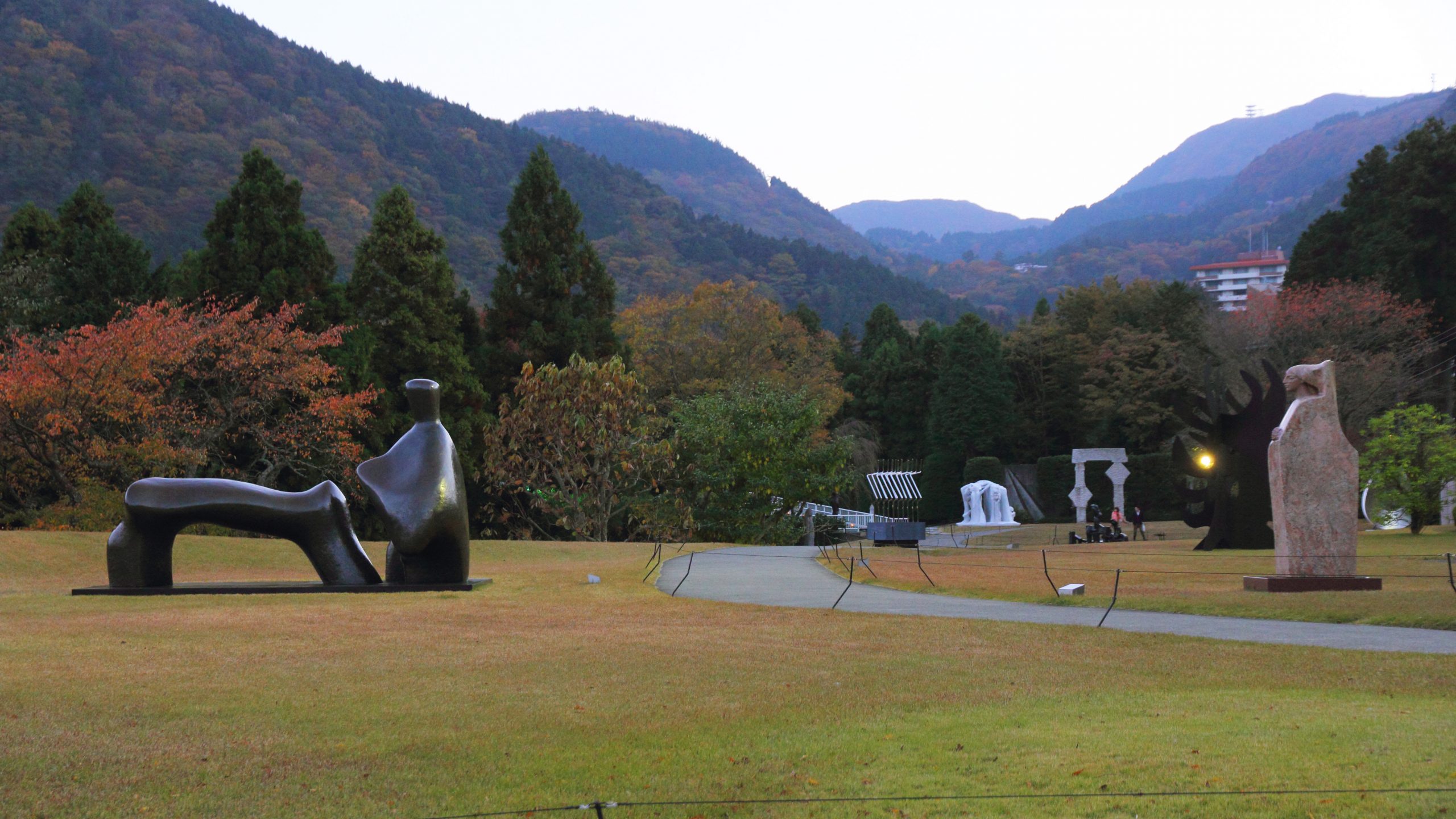
The Hakone Open-Air Museum mixes traditional indoor galleries and exhibition spaces with outdoor installation of many artworks. Set among the beautifully manicured museum grounds, and set against the lush backdrop of the surrounding forest, the museum marries the display of art with the environment in-keeping with the increasingly popular trend in Japan. The expansive museum includes sprawling grounds and several buildings including the main gallery, the Picasso Pavilion, Forest Studio, numerous sculptures, smaller galleries and a cafe – just to name a little of what’s included. Artworks from renowned international artists including Picasso, Rodin and Medardo Rosso are among the large collection on display, with pieces by many other important artists held within the collection. Open every day of the year from 09:00 to 17:00 (last entry at 16:30). Admission is JPY1600.
20 / POLA MUSEUM OF ART, Hakone
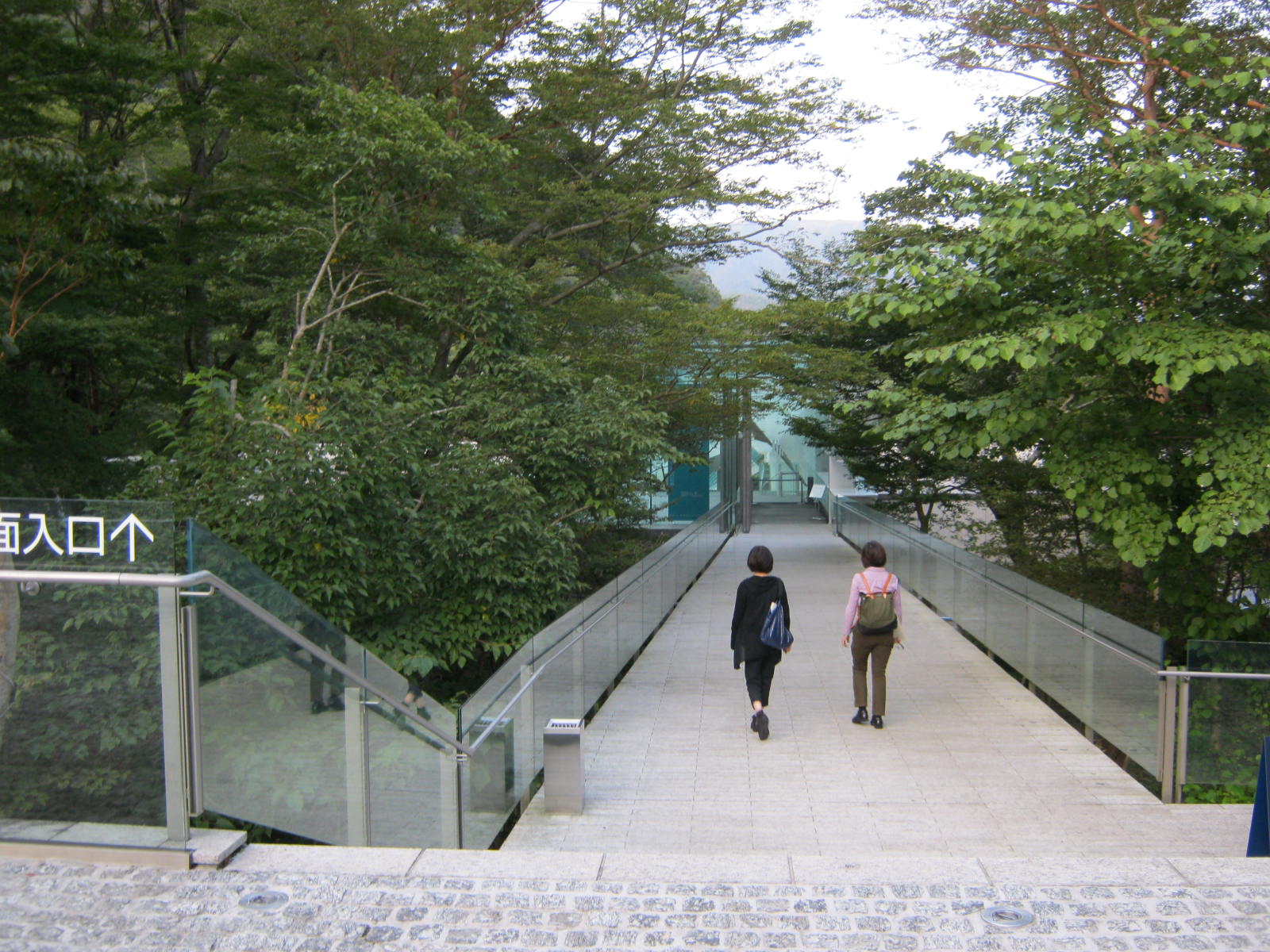
POLA Museum of Art is set among a beautiful beech forest and displays the private collection of Tsuneshi Suzaki, the late-owner of the POLA cosmetics group. The museum houses notable artworks by Cezanne, Monet, Picasso and Renoir along with contemporary sculpture and paintings. The museum itself embodies striking architecture, set beautifully within its natural setting. Open daily from 09:00 to 17:00 (last entry at 16:30), the museum has irregular closing days so best to refer to their website for current dates of operation to avoid being disappointed. Admission is JPY1800.
21 / OKADA MUSEUM OF ART, Hakone
Opened in 2013, the Okada Museum of Art is another museum displaying a notable private collection, with pieces dating from antiquity to contemporary art. The museums extensive collection of East Asian ceramics, paintings, and sculpture is housed in a 5-storey building, surrounded by a Japanese garden, teahouse and café rounding-out what is an excellent museum. Open daily from 09:00 to 17:00 (last entry at 16:30). Closed over the New Year period. Admission costs: Adult/Uni. Students JPY2800 / School Students (6-18) JPY1800.
22 / MOA Museum of Art, Shizuoka
Heading-on past Hakone, the MOA Museum of Art is located in Atami, Shizouka – around two hours from Tokyo. Established in 1982, the museum holds around 3500 traditional Japanese works of art including three registered ‘National Treasures’. Most famously, the museum holds a two-fold painted screen by renowned artist, Ogata Korin. Depicting a red and a white plum blossom tree separated by a river, the painting is known for its technique and vivid colour – considered a masterpiece of Japanese art. One of several hugely important works for art in the collection, the MOA Museum of Art is an ideal destination for anyone wanting to experience the exquisite technique and beauty of traditional Japanese and Chinese art. The museum is open daily from 09:30 to 16:30 with last admission at 16:00. Closed on Thursdays and in-between exhibitions. Admission costs: Adult JPY1600 / High School & Uni. Students JPY1000 / Seniors JPY1400 / Children under 15 are free of charge.
23 / ITCHIKU KUBOTA ART MUSEUM, Yamanashi
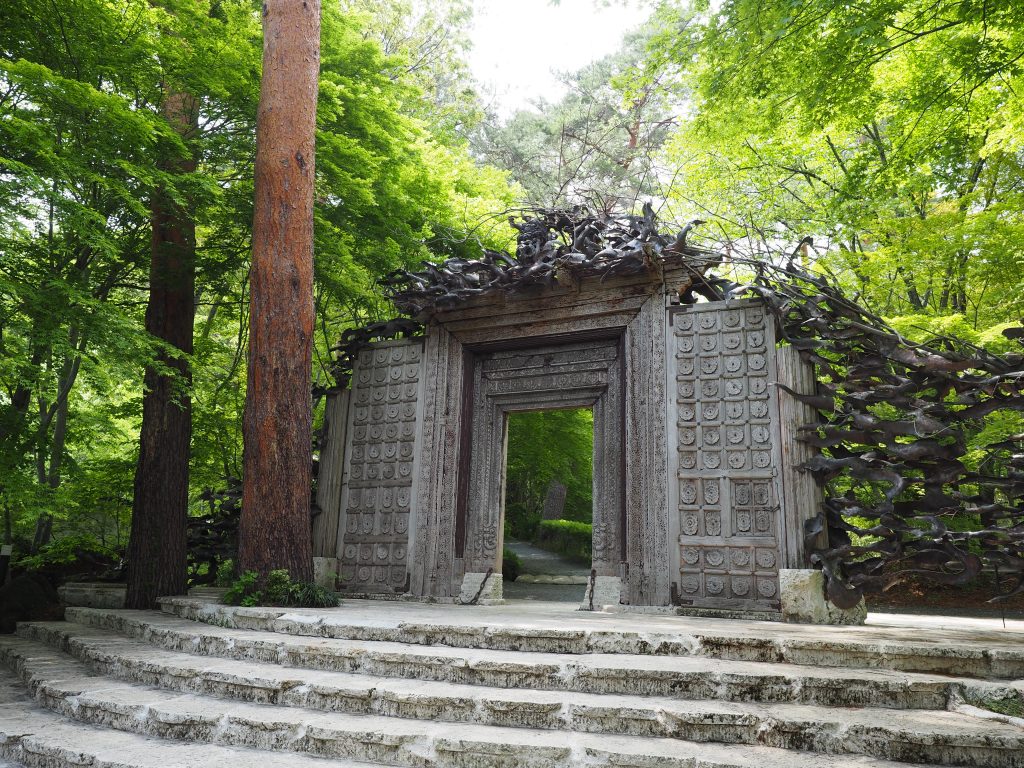
For visitors heading to Mount Fuji and spending time around the shores of Kawaguchi-ko, the Itchiku Kubota Art Museum is well-worth visiting. Celebrating the life and work of Itchiku Kubota (1917-2003), the museum consists of the main exhibition building and the Gaudi-esque ‘New Wing’ building. During his lifetime, Kubota revitalized and mastered the ‘Tsujigahana’ dying technique – an antiquated technique used during the Muromachi Period (1336-1573) - and in doing so, produced stunning and elaborate kimono. The main museum building – a pyramid-shaped timber structure displaying Kubota’s ‘Symphony of Light’, an exquisite series of kimono with further information and video presentations of this life and work with the ‘New Wing’, houses Kubota’s private collection of artworks including his collection of glassware and beads from around the world. Two cafes and a landscaped garden make the museum a pleasant place to spend a couple of hours, with its location intentionally chosen to allow fantastic views of Mount Fuji. Open 09:30 to 17:00 (last entry at 17:00) from April to November and 10:00 to 16:30 (last entry at 16:00) from December to March. Closed on Tuesdays and from Dec.26-28. Admission costs: Adult JPY1300 / High School & Uni. Students JPY900 / School Children (6-15) JPY400.
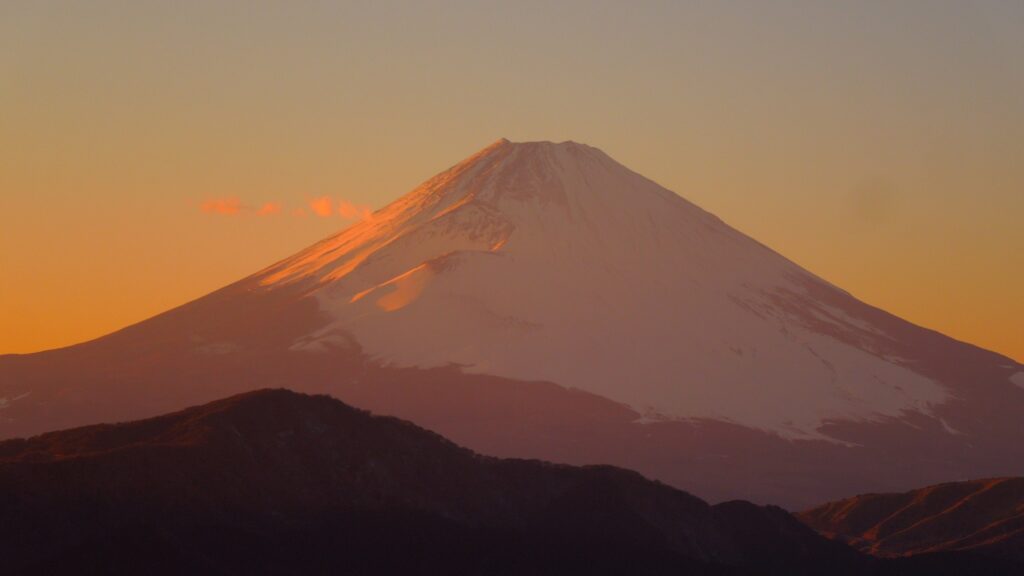

Returning to Tokyo as our starting point, the following museums and galleries are located north of the capital in Central Japan and as such, are readily using the Hokuriku Shinkansen line running from Tokyo to Kanazawa via Nagano, the Joetsu Shinkansen to Yuzawa, and Tokaido Shinkansen to Nagoya; or in the case of museums in Matsumoto and Azumino, using the Limited Express 'Azusa' service and for Fukui, the Limted Express 'Thunderbird' from Kanazawa. Let’s start with:
24 / HIROSHI SENJU MUSEUM, Karuizawa
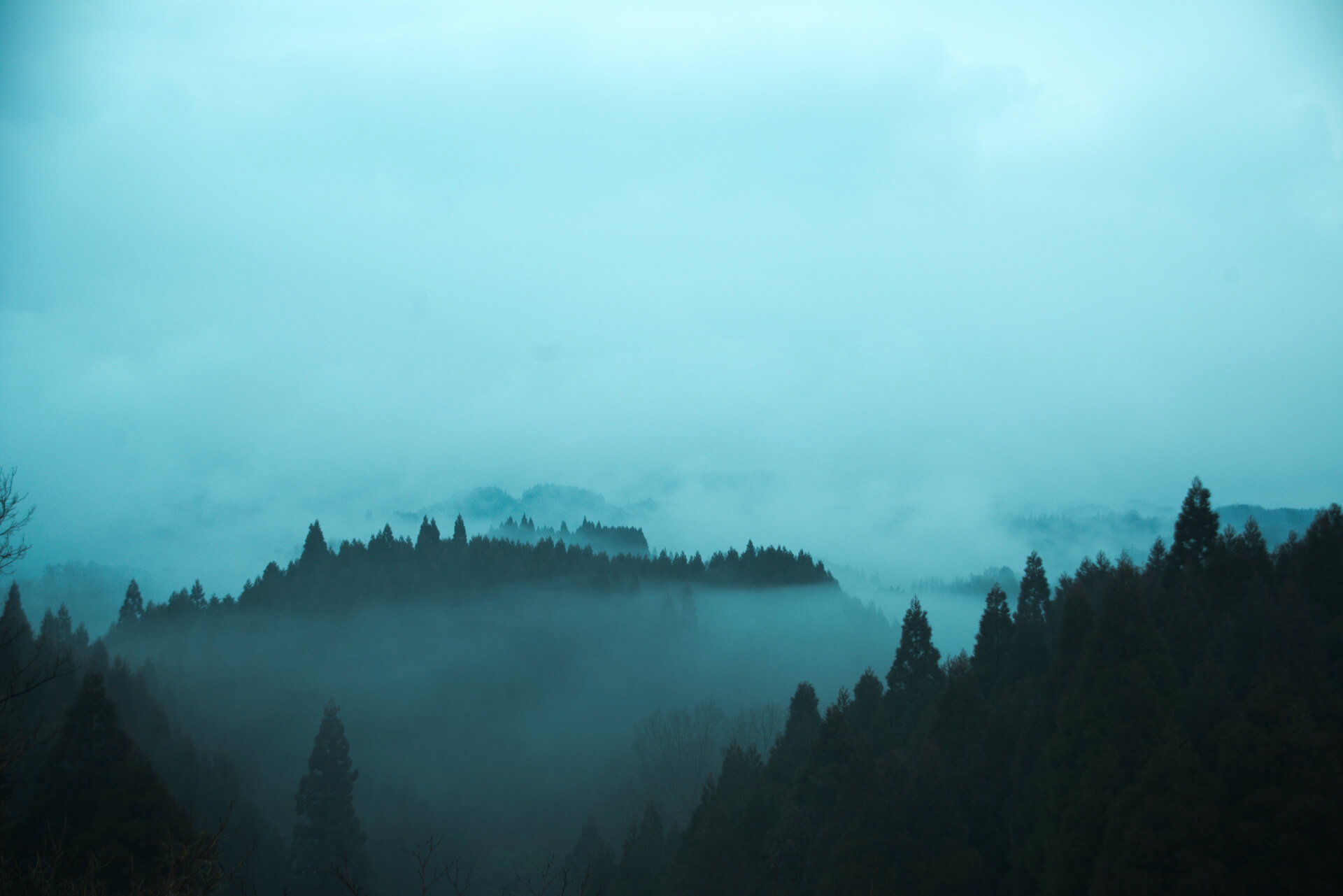
Located in popular mountain resort town of Karuizawa, the Hiroshi Senju Museum profiles the work of the eponymous artist, known for his paintings of cascading waterfalls and misted-laden cliffs. A practitioner of ‘nihonga’ art, his work is founded on the principles of classic Chinese and Japanese painting however confidently modern, sparse and repetitive. A popular artist in the Japanese corporate world and from a prominent Tokyo family, Senju’s art captivates some viewers while leaving others uninspired. Open daily from 09:30 to 17:00 (last entry at 16:30). Closed Tuesdays and early to mid-winter, from Dec.26 until the end of Feb. Admission costs: Adult JPY1500 / High School & Uni. Students JPY1000 / 15 years and under are free.
25 / NAGANO PREFECTURAL ART MUSEUM, Nagano
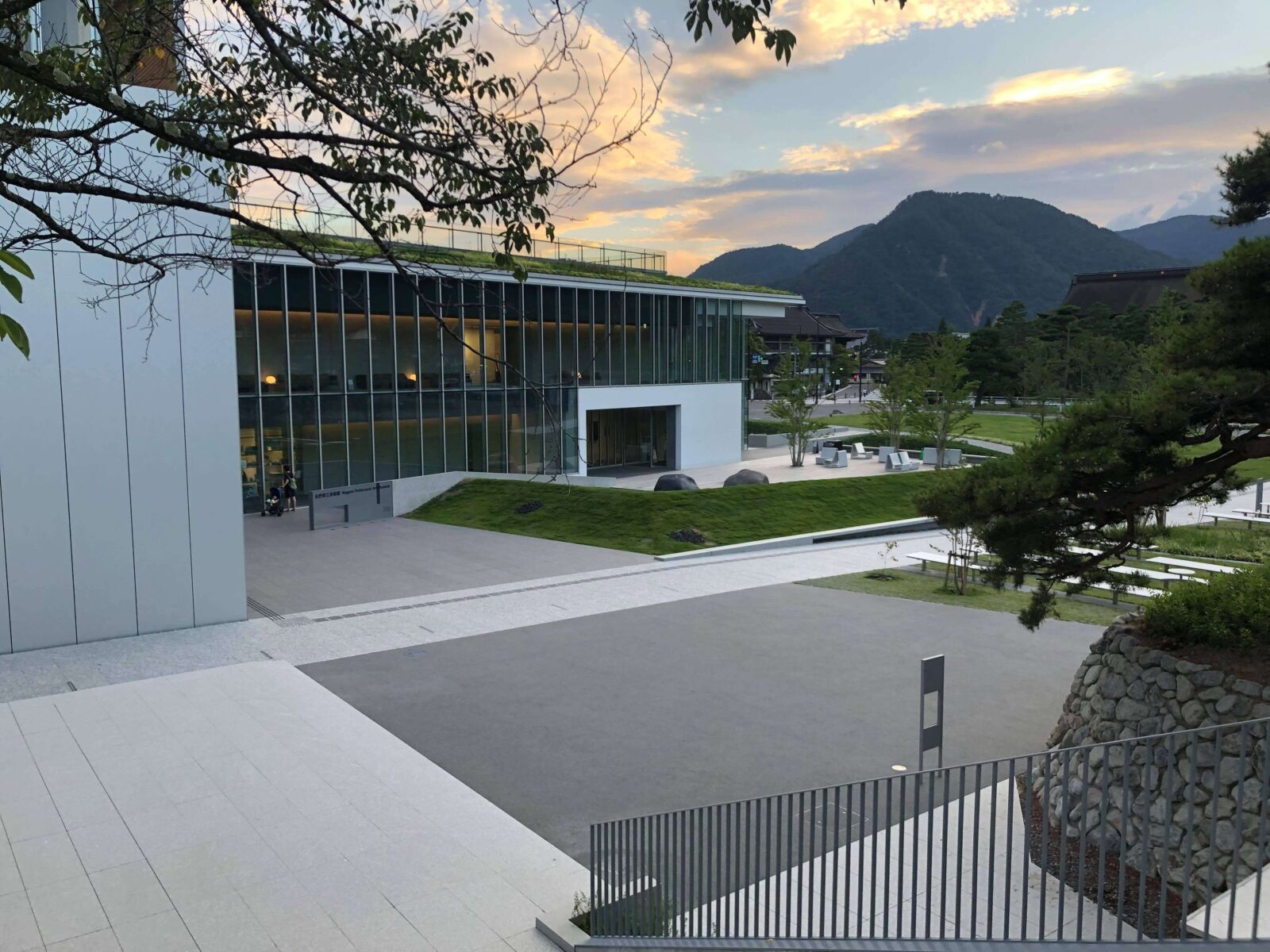
A short walk from Nagano’s famous Zenko-ji Temple, the formerly named Nagano Prefectural Shinano Art Museum reopened as the 'Nagano Prefectural Art Museum' in 2021 and is the city’s preeminent museum. Currently undergoing substantial renovation, the museum is closed for the time being and set to reopen as the ‘Nagano Prefectural Art Museum’ in April 2021. he museum has an underlying theme of ‘man and nature’ – in reference the beautiful landscapes of Nagano – and include exhibitions of paintings, sculpture, photography, video and animation.
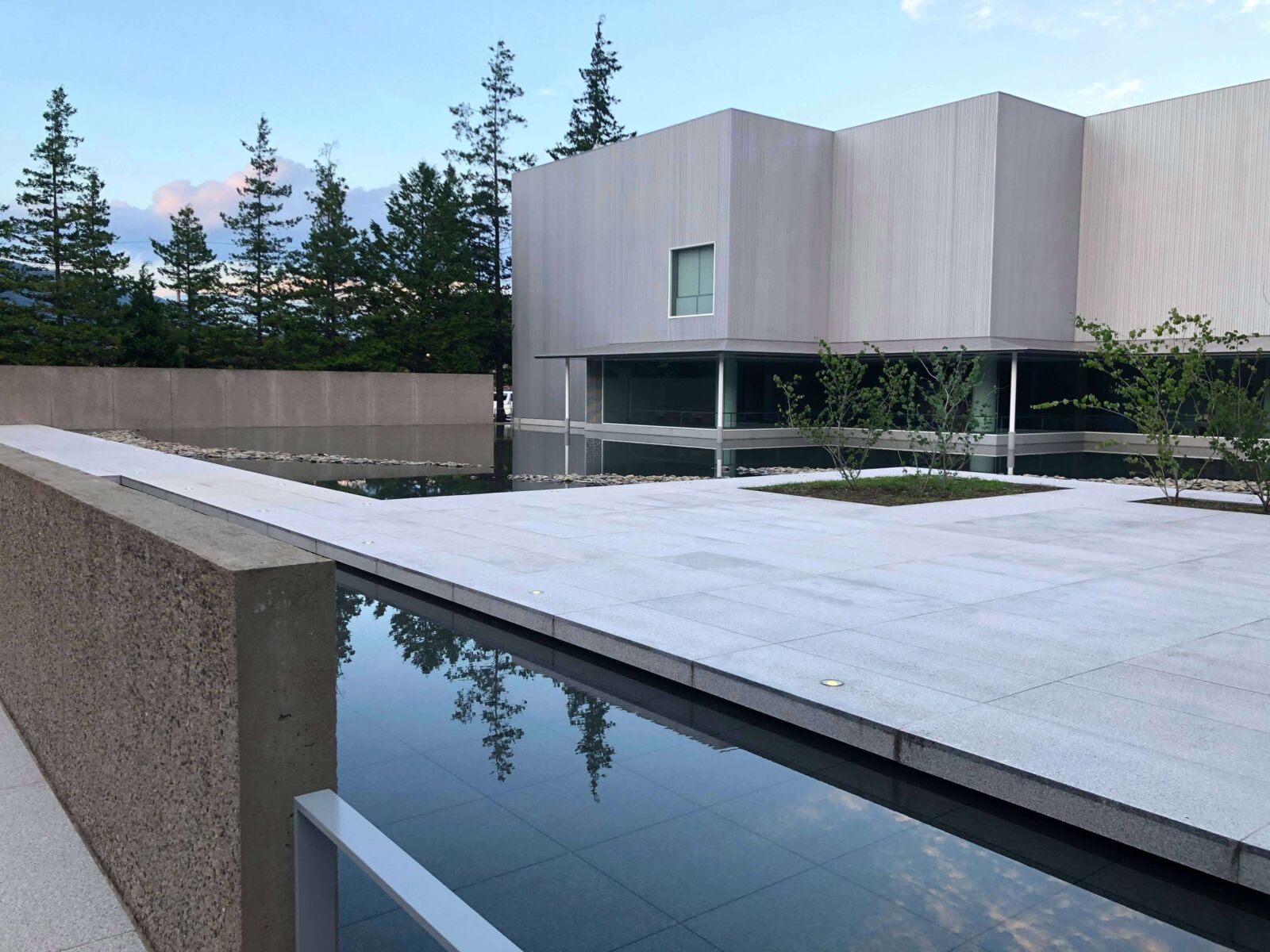
Adjacent to the main museum, the Highashiyama Kaii Gallery profiles the work of the eponymous artist and Nagano native. The gallery showcases his body of work which conveys a deep love for the nature and landscapes of Nagano. In total, the gallery holds around 1000 artworks including paintings, sketches and other preparatory works. Only a few minutes stroll from Zenko-ji, the gallery is an enjoyable addition to time spent at the temple.
26 / HOKUSAI MUSEUM, Obuse
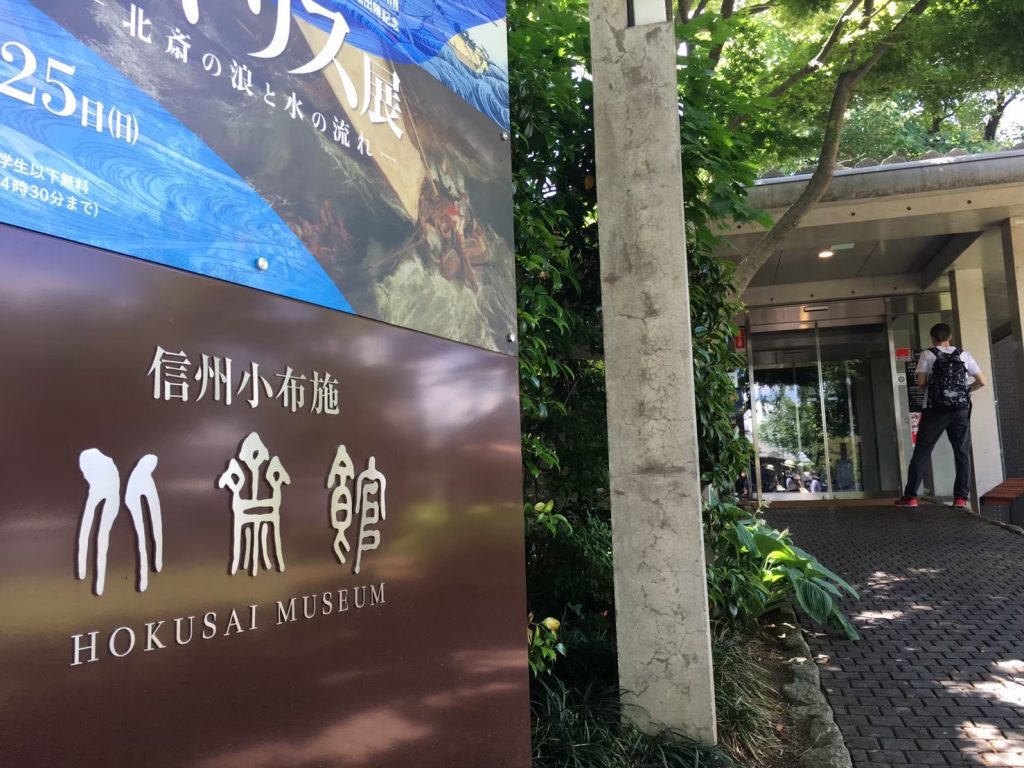
Certainly Japan’s most famous artist, Katsushika Hokusai, spent some of his final years residing and painting in Obuse. Under the patronage of a wealthy local merchant, Takai Kozan, Hokusai produced his last great masterpiece – a great phoenix – which to this day adorns of the ceiling of Ganshoin Temple. As such, Obuse is synonymous with the famous artist and today is home to the Obuse Hokusai Museum. This small yet engaging museum profiles the life and work of Japan’s most celebrated artist – a man who is said to have produced more than 30,000 artworks during his lifetime and mastered multiple artforms including ‘ukijyo-e’ woodprints. The museum showcases that mastery with an ever-rotating exhibition schedule which endeavours to display a large amount of Hokusai’s work overtime. For devotees of his art or visitors wanting to familiarise themselves with why he is so renowned, two engaging videos play on-loop at the museum profiling his life, why he is so acclaimed, and his connection to Obuse. Once you have visited the museum, we also recommend heading to the nearby Takai Kozan Memorial Museum and Ganshoin Temple.
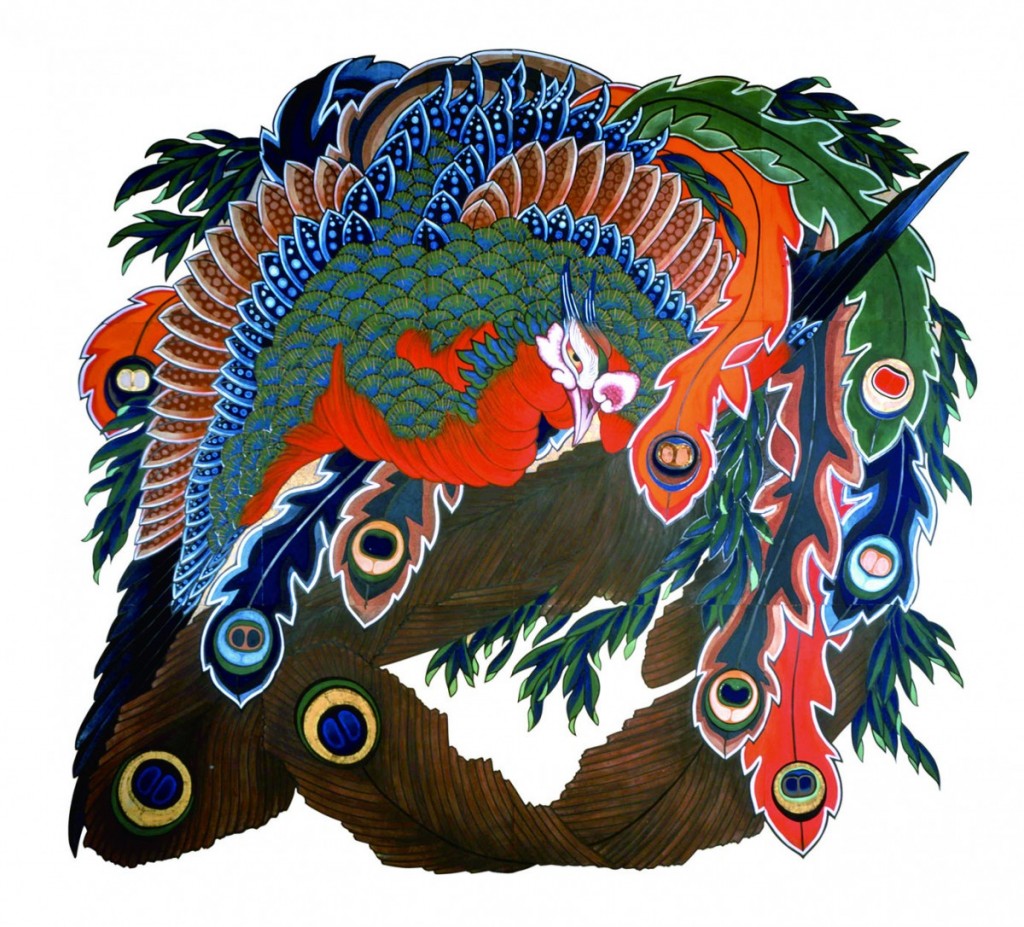
Open daily from 09:00 to 17:00 and extended to 18:00 in July and August (with last entry 30-minutes before closing). Limited opening hours – 10:00 to 15:00 on Dec.31 and closed on New Year’s Day. Admission costs: Adult: JPY1000 / High School Students (15-18) JPY700 / under-15 years of age are free of charge.
27 / MATSUMOTO CITY ART MUSEUM, Matsumoto
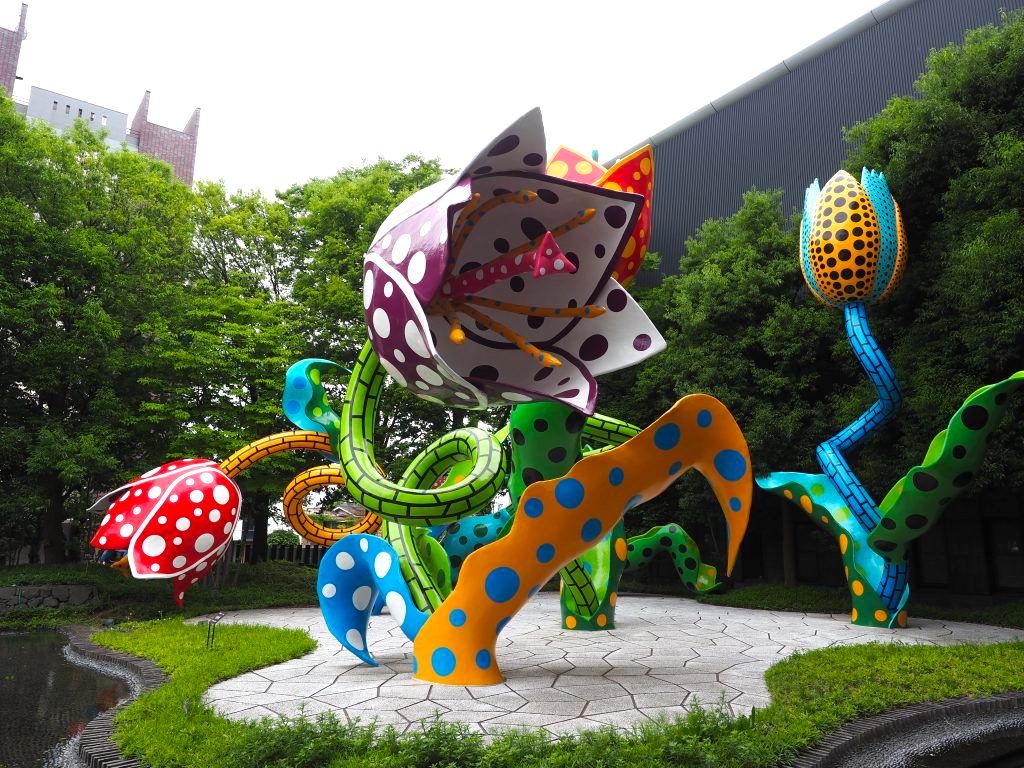
The Matsumoto City Museum of Art exhibits artworks by artists with an association to the city, across both permanent and temporary exhibitions. Most notably, Kusama Yayoi – arguably Japan’s best-known contemporary artist – was born and raised in Matsumoto and the museum’s collection of her artwork takes centre stage. Although classically trained, Kusama’s defining style sits is heavily-influenced avant-garde, pop and conceptual art – of which, she is now a celebrated and pioneering artist. While you might not know her name, there’s a good chance you will recognise her artwork which is bright, playful and bold and uplifting. For visitors heading to the Yayoi Kusama Museum in Tokyo, and especially those who miss out of tickets for that museum, visiting the historic yet youthful city of Matsumoto to experience her artwork in the place of her birth and younger years is well-worth it and an easy trip from Tokyo using the Limited Express Azusa service from Shinjuku Station. The Matsumoto City Art Museum is open daily from 09:30 to 17:00 (last entry at 16:30). Closed on Mondays and over the New Year period. Admission is JPY410.
28 / ROKUZAN ART MUSEUM, Azumino
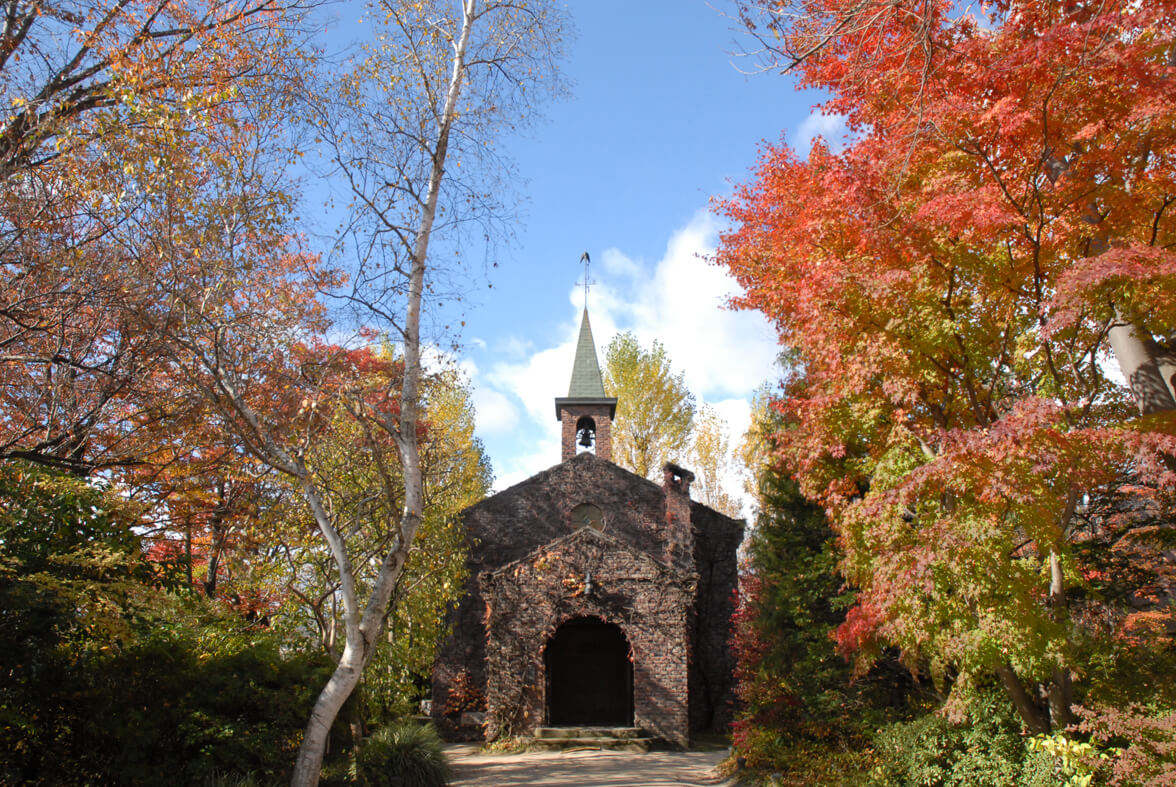
One of 18 museums making-up the Azumino ‘Art Line’, the Rokuzan Art Museum explores the work of sculptor Rokuzan Ogiwara. Considered a pioneer of modern Japanese sculpture, Rokuzan’s work explores themes of inner turmoil and conflict. Rokuzan’s strong Christian beliefs are reflected in the fact that the museum mimics a church, in dedication and devotion to his life’s work, meaningfully located in his hometown of Azumino. Open daily from 09:00 to 17:00 (last entry at 16:30) from May to October, and 09:00 to 16:00 everyday other than Mondays from November to February. Admission is JPY700.
29 / CHIHIRO ART MUSEUM, Azumino
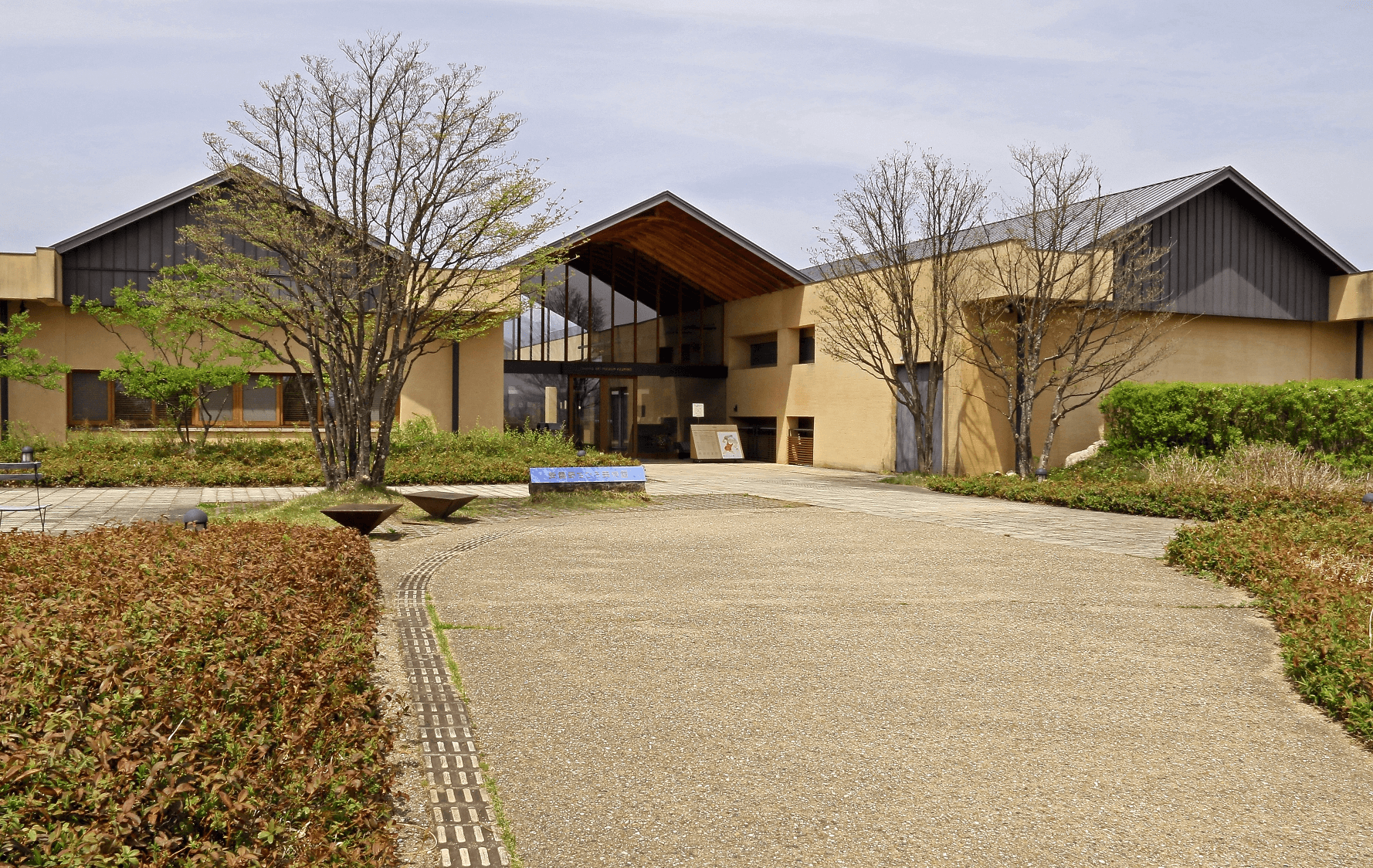
Best-suited to families with young children and those already familiar with her work, the Chihiro Art Museum showcases the work and profiles the life of Chihiro Iwasaki, a renowned creator of Japanese children’s books. Through her life, she illustrated many picture and storybooks which brought her fame in Japan and international acclaim. Born in Fukui Prefecture, Iwasaki spent many years later in her life living in Azumino which now is the proud home of her museum. The museum regularly rotates its display of Iwasaki’s work and features a picture book library and playroom, a café with outdoor terrace and museum shop, making it a great destination for families. Open daily from 10:00 to 17:00. Closed Wednesdays and through early to mid-winter, from Dec.1 to the end of Feb. Admission costs: Adult JPY900 / Students & Seniors JPY700 / Infants are free of charge.
30 / TAKAHASHI SETSURO ART MUSEUM, Azumino
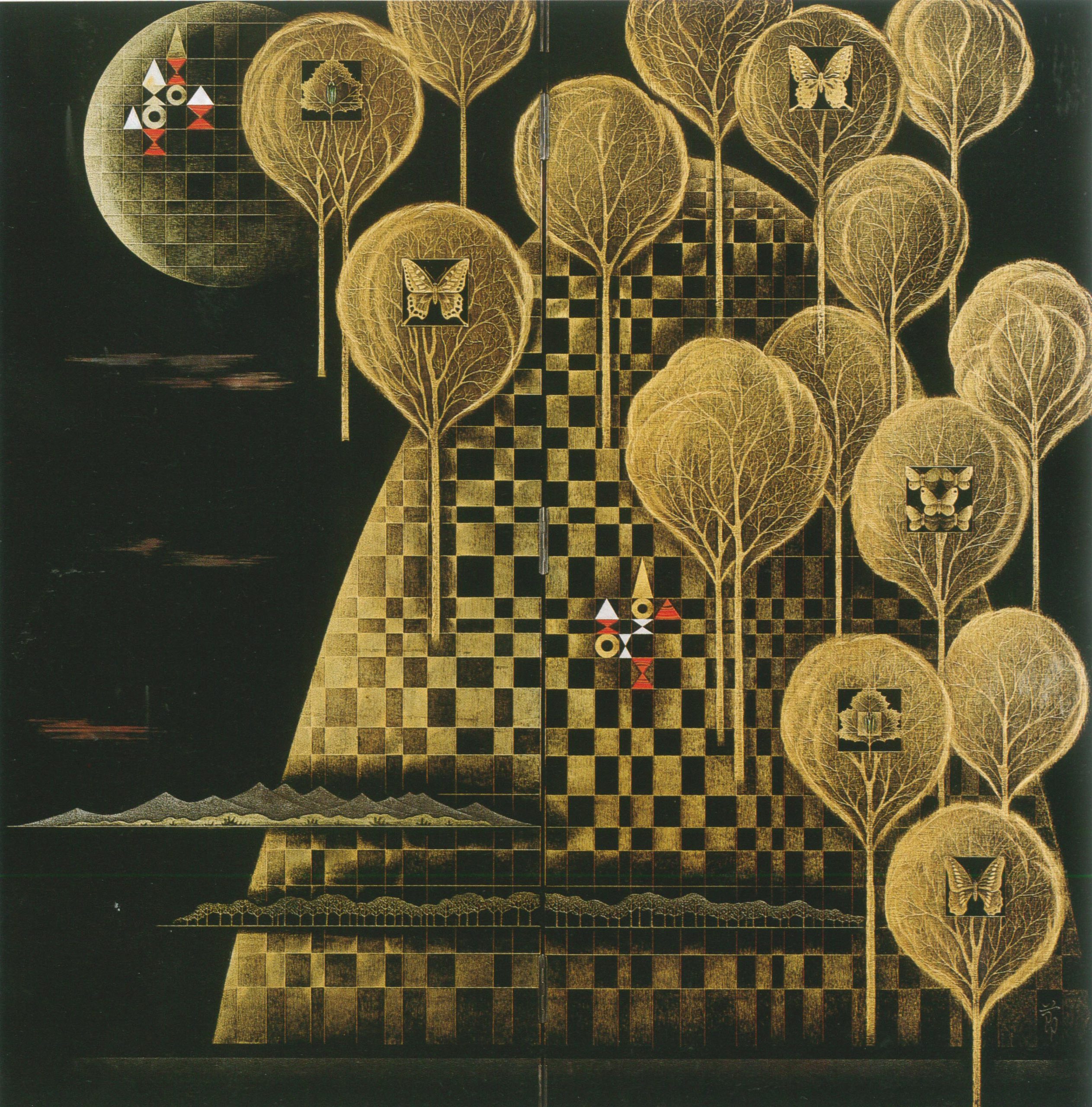
Housed in a tranquil modern building, the Takahashi Setsuro Museum is dedicated to the work of the acclaimed lacquer artist. Setsuro applied traditional techniques in creating dynamic and often abstract motifs including heavily stylised landscapes. Adjacent to the main and distinctly modern museum, Setsuro’s home – a beautiful traditional ‘kominka’ – remains open to public and displays works by other local artists. Particularly beautiful in autumn, lacquer workshops are available for anyone wishing to try their hand at the beautiful artform – takes around 2 hours / JPY1100. Open daily from 09:00 to 17:00. Closed on Mondays and from Dec.28 to Jan.4. Admission is JPY410.
31 / TOYAMA GLASS ART MUSEUM, Toyama
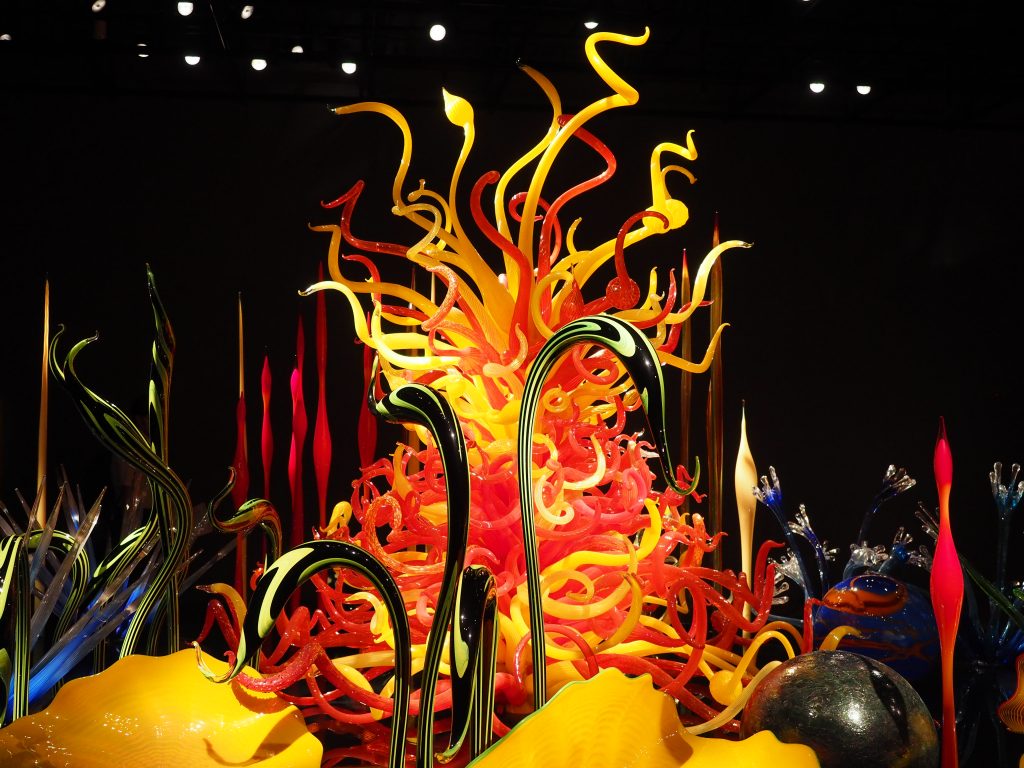
Accessible using the Hokuriku Shinkansen from Tokyo to Toyama, the Toyama Glass Art Museum is located nearby Toyama Station and exhibits a large collection of stunning glass artworks from around the world. Both permanent and temporary exhibitions provide stunning examples of this most skilful of artforms, spread across six floors. Special exhibitions are held on the second and third floors, the permanent collection is housed on the fourth floor with the acclaimed ‘Glass Art Garden’ by American artists Dale Chijuly, located on the sixth floor. The museum itself is designed by acclaimed architect Kengo Kuma and includes a beautiful timber and glass atrium and also includes a gift shop, restaurant/café and Toyama City Library.
32 / 21st CENTURY MUSEUM OF CONTEMPORARY ART, Kanazawa
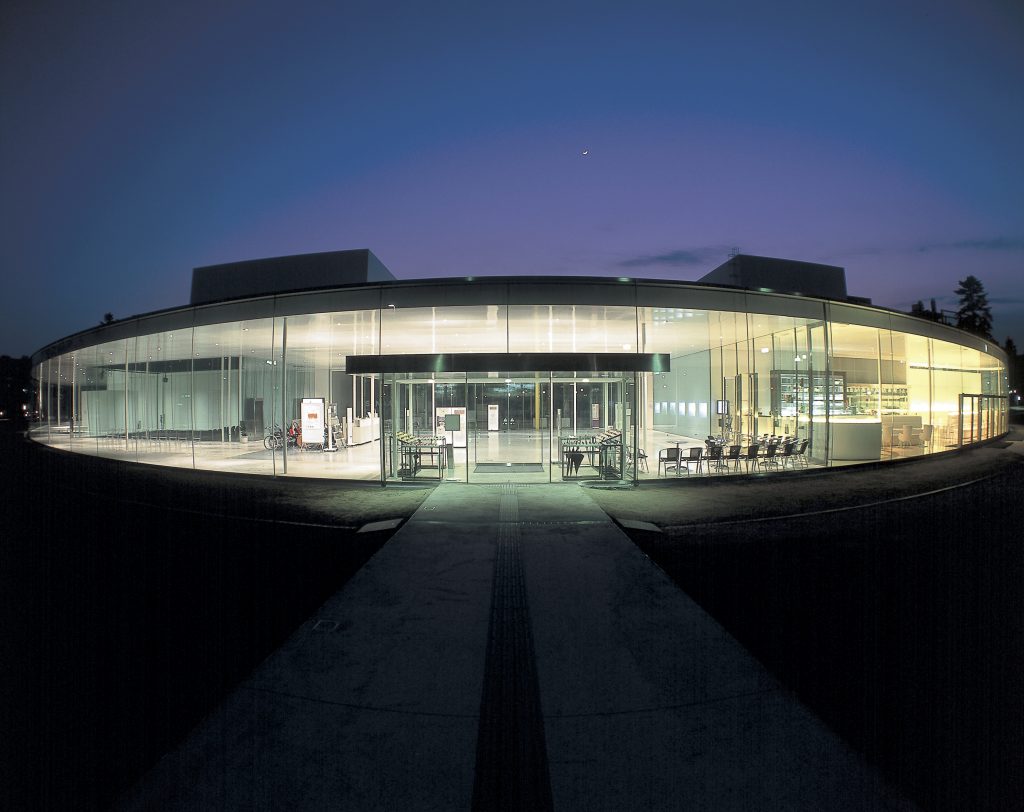
As the northern terminus of the Hokuriku Shinkansen line, Kanazawa is an easy destination to reach from Tokyo. A popular stop for many international visitors, Kanazawa is a historically important city with several fantastic museums and galleries. Among them, the 21st Century Museum of Contemporary Art is the most popular. Conveniently located next to Kenrokuen Garden and Kanazawa Castle, the 21st Century Museum of Contemporary Art is one of Japan’s finest modern art museums. The museum exhibits artworks by both Japanese and international artists, including a permanent collection and special/temporary exhibitions. The museum is famous for its installation of Leandro Erlich’s ‘Swimming Pool’, which allows visitors to walk into the artwork where they appear to be underwater to onlookers. Open daily from 10:00 to 18:00 (extended to 20:00 on Fridays and Saturdays). Closed Mondays and over the New Year period. Admission prices varies depending on the exhibition however is usually around JPY1200.
33 / DT SUZUKI MUSEUM, Kanazawa
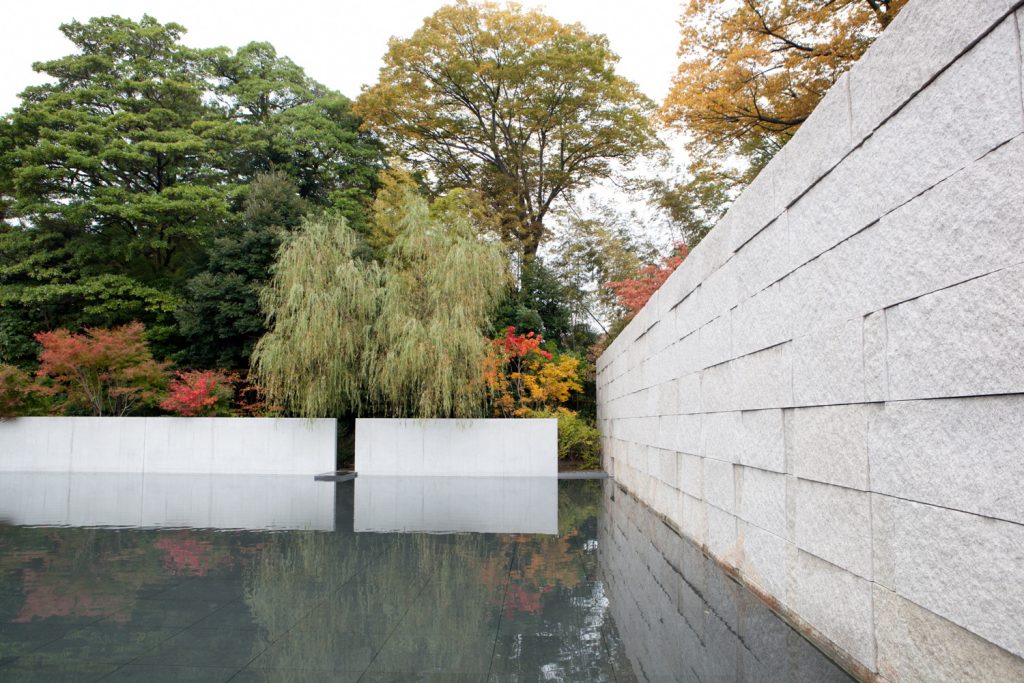
The DT Suzuki Museum commemorates the life and work of Suzuki Daisetz Teitaro. Located in the area of Kanazawa where he was born, this small museum showcases his life and work, often cited for his role in introducing Japanese Zen philosophy and teaching to Western audiences. The architecture of the museum reflects those teachings through tranquil, uncluttered lines and structures. Located on the backside of Kenrokuen and Kanazawa Castle, a visit to the museum can easily be incorporated into a day spent exploring Kanazawa’s most enjoyable attractions. Open daily from 09:00 to 17:00. Closed on Mondays and from Dec.29-Jan.1. Admission is JPY310.
34 / FUKUI PREFECTURAL DINOSAUR MUSEUM, Fukui
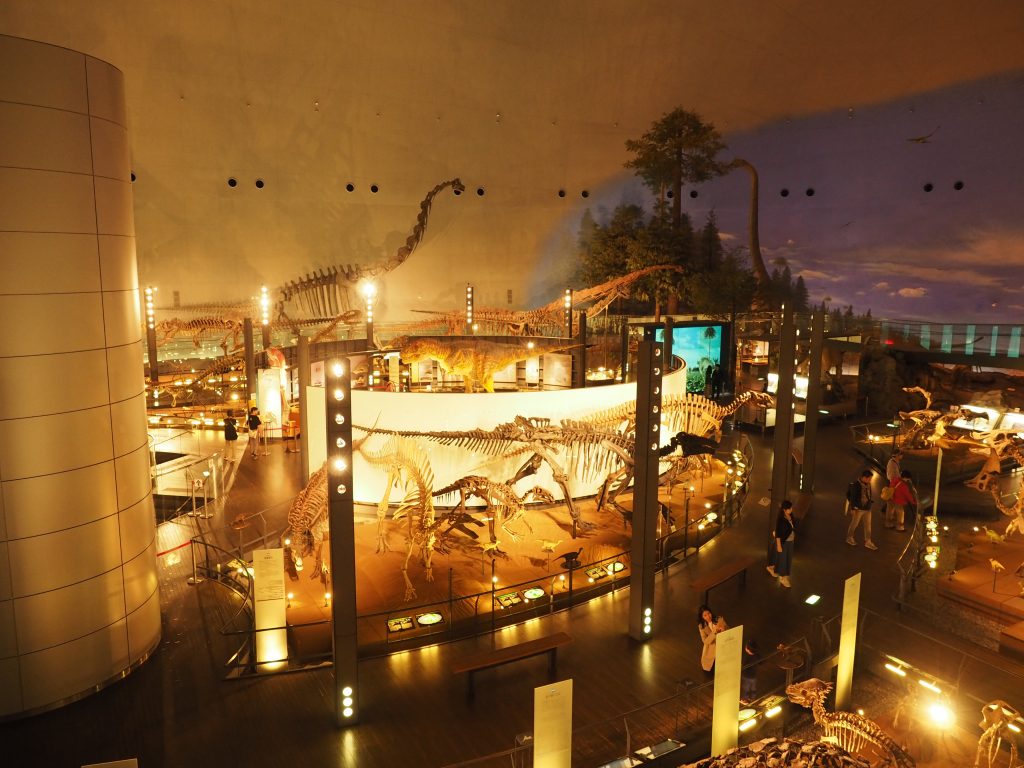
Admittedly now very far from Tokyo and taking some effort to get to, the Fukui Prefectural Dinosaur Museum is different to most museums on this list in its focus on life sciences. However, its inclusion is based on the fact that it is really, really good! Regarded as one of the world’s best dinosaur museums and research facilities with displays aimed at both adults and children, it is worth making the journey to Fukui just to visit this museum. The expansive museum is spread across four-floors and includes a permanent exhibition space – boasting more than 40 dinosaur skeletons along with reconstructions and animatronics – along with a special exhibition area, observable research laboratory, restaurant and giftshop. As much fun for children and adults, exhibitions also include excellent displays regarding other prehistoric life and the evolution of dinosaurs into birds. Open daily from 09:00 to 17:00 (last entry at 16:30). Closed the second and fourth Wednesday of each month (except for August when it is open every day), and from Dec.29-Jan.1. Admission costs JPY730 for the permanent exhibition with additional fees for temporary exhibitions. Make sure to allow at least 3 to 4 hours to enjoy the museum fully.
35 / KINARE & ECHIGO-TSUMARI ART FIELD, Niigata
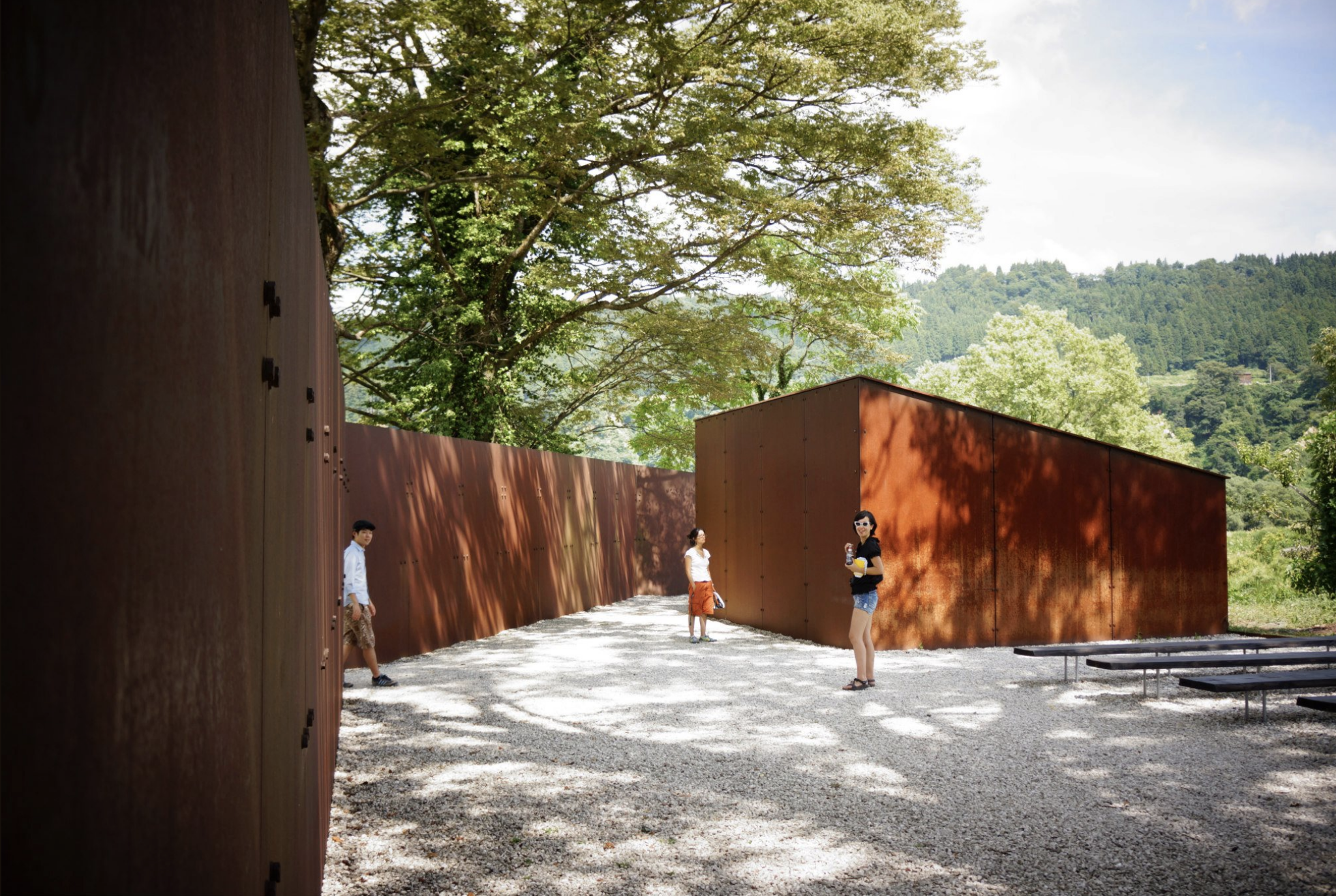
A little harder to get to than other museums listed on this page, KINARE is the main exhibition space and hub of the increasingly popular Echigo-Tsumari Art Field. Officially takes place every three years – with the next large-scale festival planned for summer 2021. ETAT is the predecessor to the well-known Art Setouchi – indeed both were initiated by Niigata-local Kitagawa Fram – with claims that it is the largest open-air arts festival in the world. Artworks and events occur across a vast region, approximately the size of great Tokyo – an estimated area of 700km ² – involving six municipalities. Installations by major international artists sit in among pristine forests, within rivers or gorges, or among rice fields, farmlands and within traditional farmhouses. Exhibitions are KINARE vary however it’s a good starting point from where to explore the region and huge arts festival. Open daily except Wednesdays, from 10:00 to 17:00 (last entry at 16:30). Admission to exhibition space is JPY800 however other areas can be accessed free of charge, including to collect information and assistance for exploring the wider festival. To reach Tokamachi from Tokyo, take the Joetsu Shinkansen to Echigo-Yuzawa Station and then take the local Hokuhoku Line to Tokamachi Station. To explore the festival fully, it is best to hire a car and plan at least an overnight stay in the area.
36 / MATSUDAI NOHBUTAI CENTER, Niigata
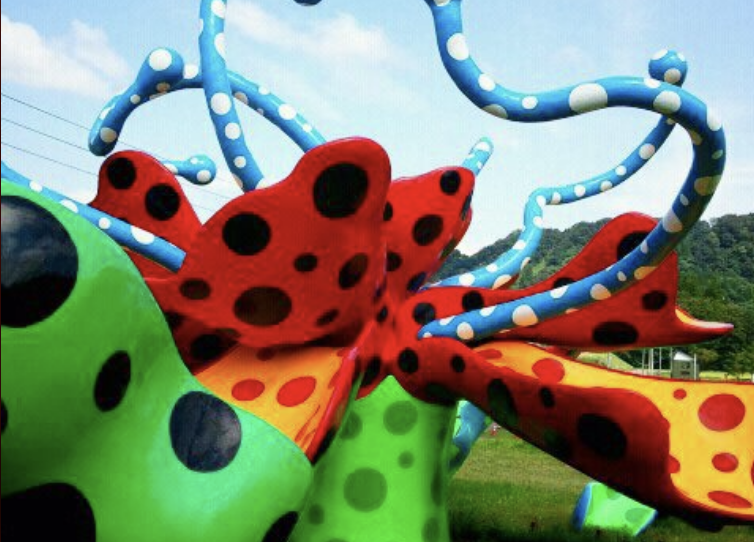
Another of the main hubs of Echigo-Tsumari, the Matsudai Nohbutai Center is a small exhibition and event space most famous for its Kusama Yayoi installation outside. Much like KINARE, Matsudai Nohdutai was designed as both a museum and meeting place for the community, artists and festival visitors to come together. Exhibitions are regularly updated with Nohbutai at its busiest each summer for the official festival every three years and smaller festival in the intervening summers. Open daily – except Tuesday and Wednesdays - from 10:00 to 17:00. You can wander the installations outside the building free of charge, and also enter the restaurant and gift shop. Some exhibitions and events have an admission – see the museum’s website for further details.
37 / ECHIGO-MATSUNOYAMA MUSEUM OF NATURAL SCIENCE ‘KYORORO’, Niigata
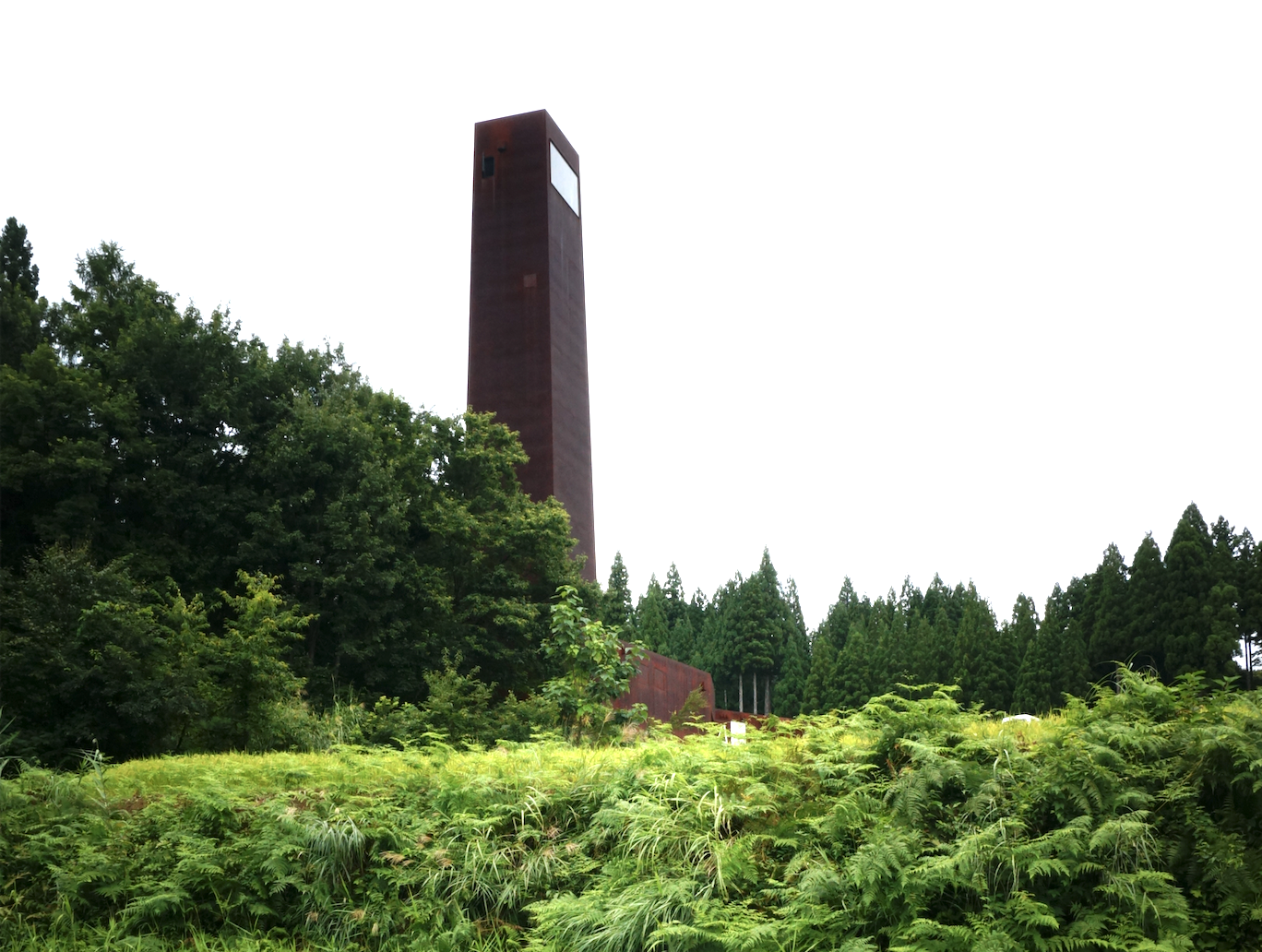
The Echigo-Matsunoyama Museum of Natural Science, more simply referred to simply as ‘Kyororo’ is another museum launched as part of Echigo-Tsumari Art Field. Located in the beautiful rural enclave of Matsudai, the facility is designed as an ecomuseum with formal exhibition inside the main building but with a focus on outdoor, ‘hands-on’ learning. In-keeping with one of the founding principles of Echigo-Tsumari, Kyororo promotes the harmonious coexistence of people and nature under the broad banner of ‘satoyama’. Surrounded by a lush landscape in spring and summer, and beautiful colours through autumn, make sure to explore the nature trails spanning-out from the distinctive rusted-iron, snake-lake building. A place of heavy snowfall, the museum remains open in winter but come prepared for cold and deep, deep powder. The museum is open daily from 09:00 to 17:00 with last entry at 16:30. Closed on Tuesday and between December 26th to 31st each year. Admission costs: Adult JPY500 and free for students and children.
38 / SCMAGLEV AND RAILWAY PARK, Aichi
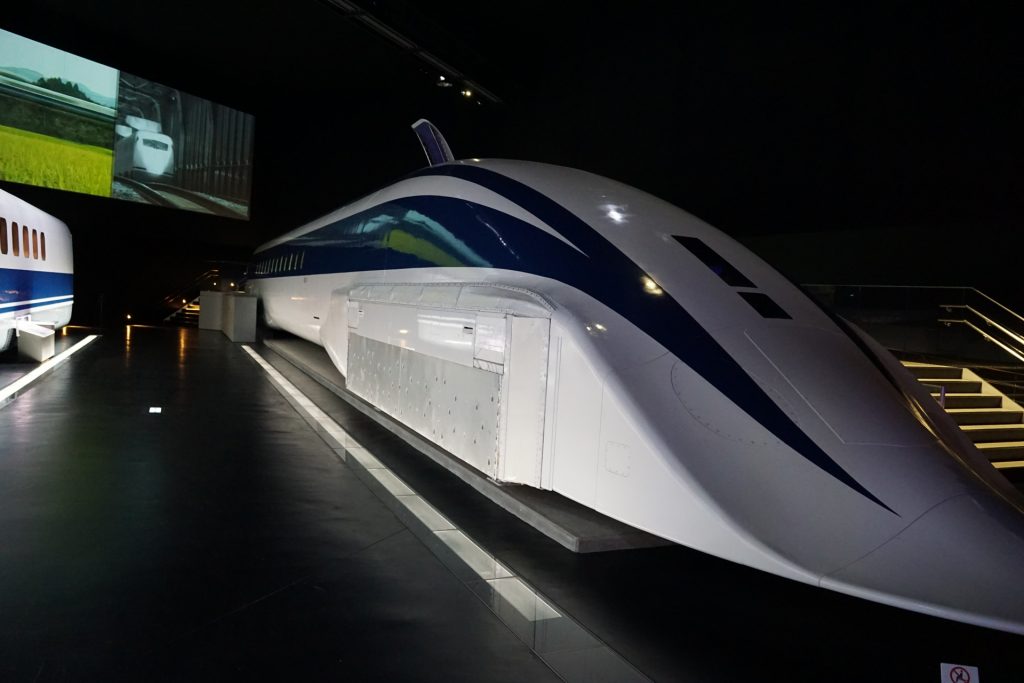
Our final recommendations are located in Aichi Prefecture, starting with the distinctively named SCMAGLEV and Railway Park in Nagoya. Showcasing the history and technological ingenuity of the Central Japan Railways Company, this is an engaging museum that will entertain casual visitors as much as it does trainspotters. A collection of 39 train cars and locomotives ranging from older, retired to models to the maglev prototypes, are on display on the first floor. The futuristic ‘maglev’ is a notable and fascinating addition to the collection. Set to replace the existing shinkansen network – over a long period of time – maglev trains use superconducting magnets to propel them forward in magnetic levitation = maglev. The second floor is dedicated to interactive learning experiences for children and train simulators – fun for children and adults alike; while the museum also houses some of Japan’s largest model train sets including highly detailed recreations of Tokyo, Osaka and of course, Nagoya. Open daily from 10:00 to 17:30. Closed Tuesdays and from Dec.29-Jan.1. Admission costs: Adult JPY1000 / Children JPY500 / Infants JPY200.
39 / TOYOTA COMMEMORATIVE MUSEUM OF INDUSTRY AND TECHNOLOGY, Aichi
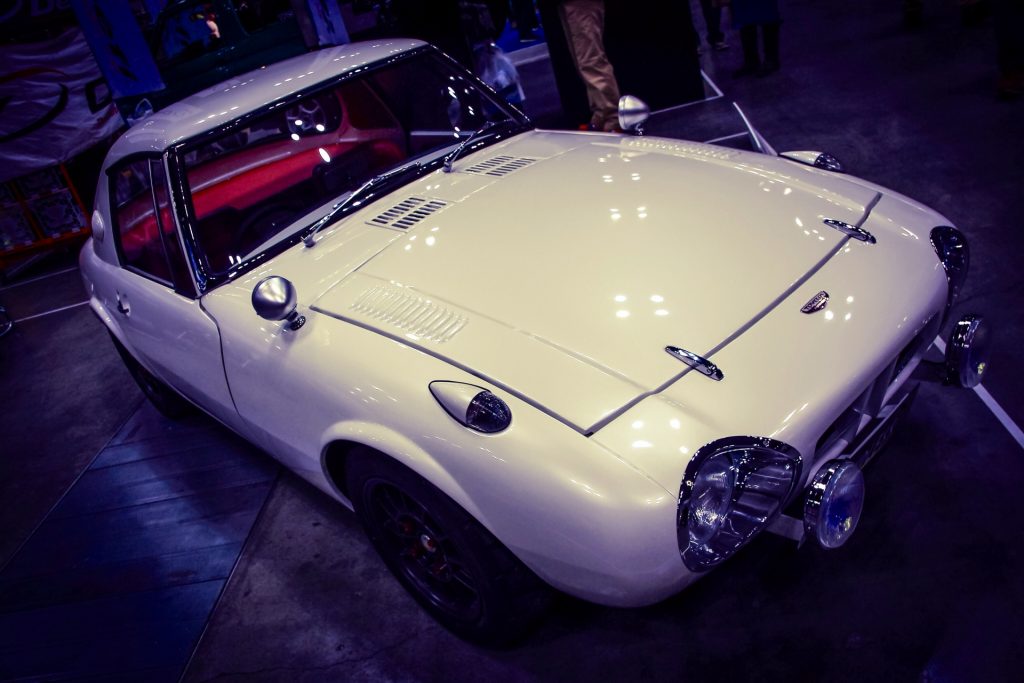
Reflective of Nagoya’s role as an industrial hub and driver of the modern Japanese economy, the Toyota Commemorative Museum tells the story of one of Japan’s great companies. In doing so, it reflects Nagoya’s position as one of Japan’s industrial centres and traces the country’s rise to become a technological powerhouse. Originally a textile company, Toyoda Kiichiro – son of company founder Toyoda Sakichi – adapted the machinery and technology to the production of motor vehicles and transformation into the Toyota Motor Corporation. Exhibitions are separated into the Textile Machinery Pavilion and Automobile Pavilion. Open daily from 09:30 to 17:00 (last entry at 16:30). Closed on Mondays and over the New Year period. Admission costs: Adult JPY500 / Middle & High School Students JPY300 / Primary School Students JPY200.
40 / TOYOTA MUNICIPAL MUSEUM OF ART, Aichi
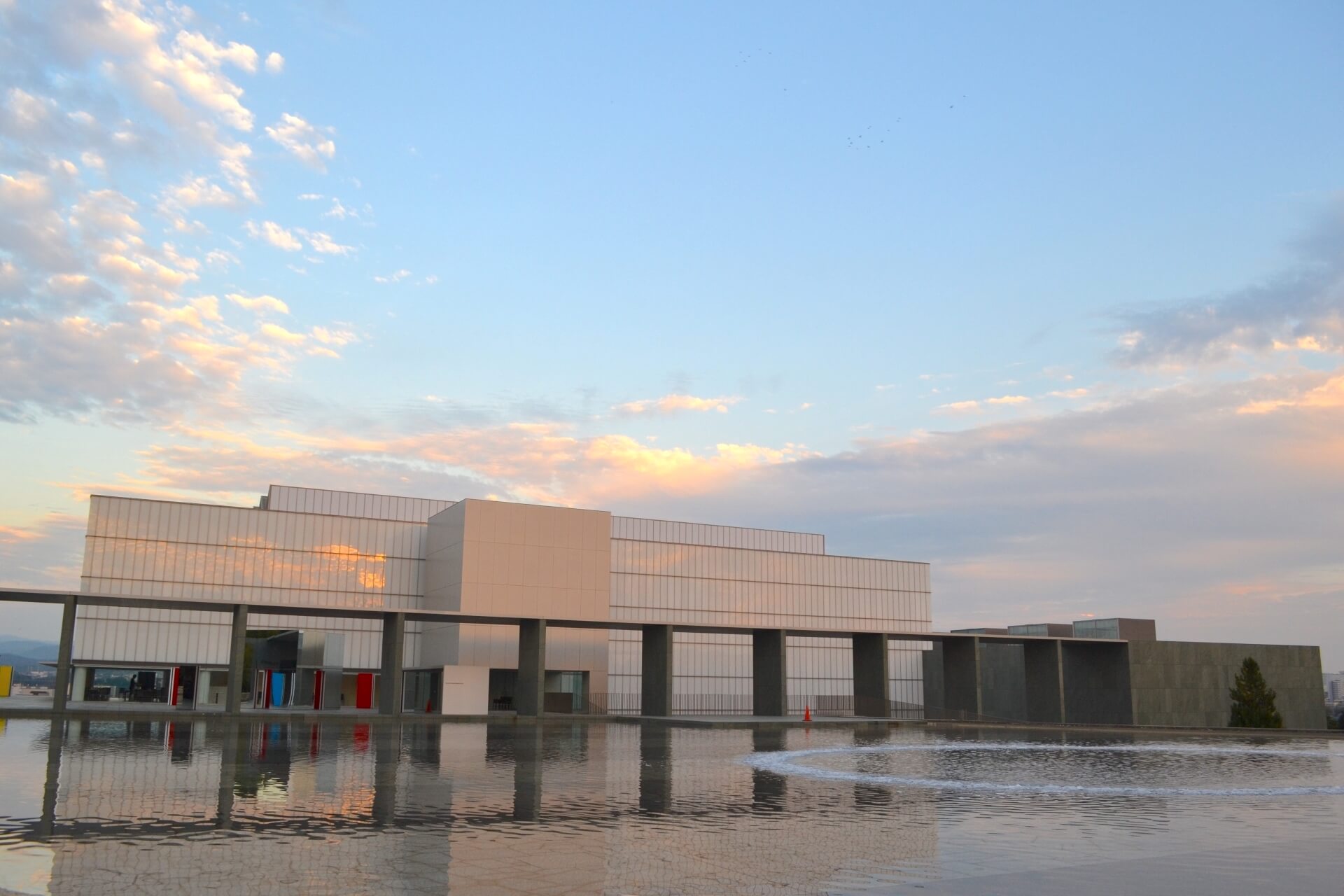
Located in the hometown of Aichi's famous car company and designed by renowned architect Taniguchi Yoshio, the Toyota Municipal Museum of Art houses modern works of art by both Japanese and international artists. The museum collection covers many 20th century art movements and includes artworks by notable artists including Kishida Ryusei, Fujita Tsuguharu, Salvador Dali and Gustav Klimt. The museum also holds works by acclaimed lacquerware artist, Setsuro Takahashi, whose work can also be enjoyed at the Takahashi Setsuro Art Museum in Azumino – see above for details. In addition to the museum itself, a restaurant, museum shop and traditional tea-house give visitors reasons to go slow and enjoy the tranquillity of the precinct including exterior landscape designed by noted American landscape designer Peter Walker. The museum is open daily from 10:00 to 17:00 with last entry at 17:00. Closed on Mondays and between exhibitions in late-June and late-September (see museum website for exact details). Admission costs: Adult JPY300 / Students JPY200 / Children under 12 years of age are free.
THINGS TO DO IN TOKYO
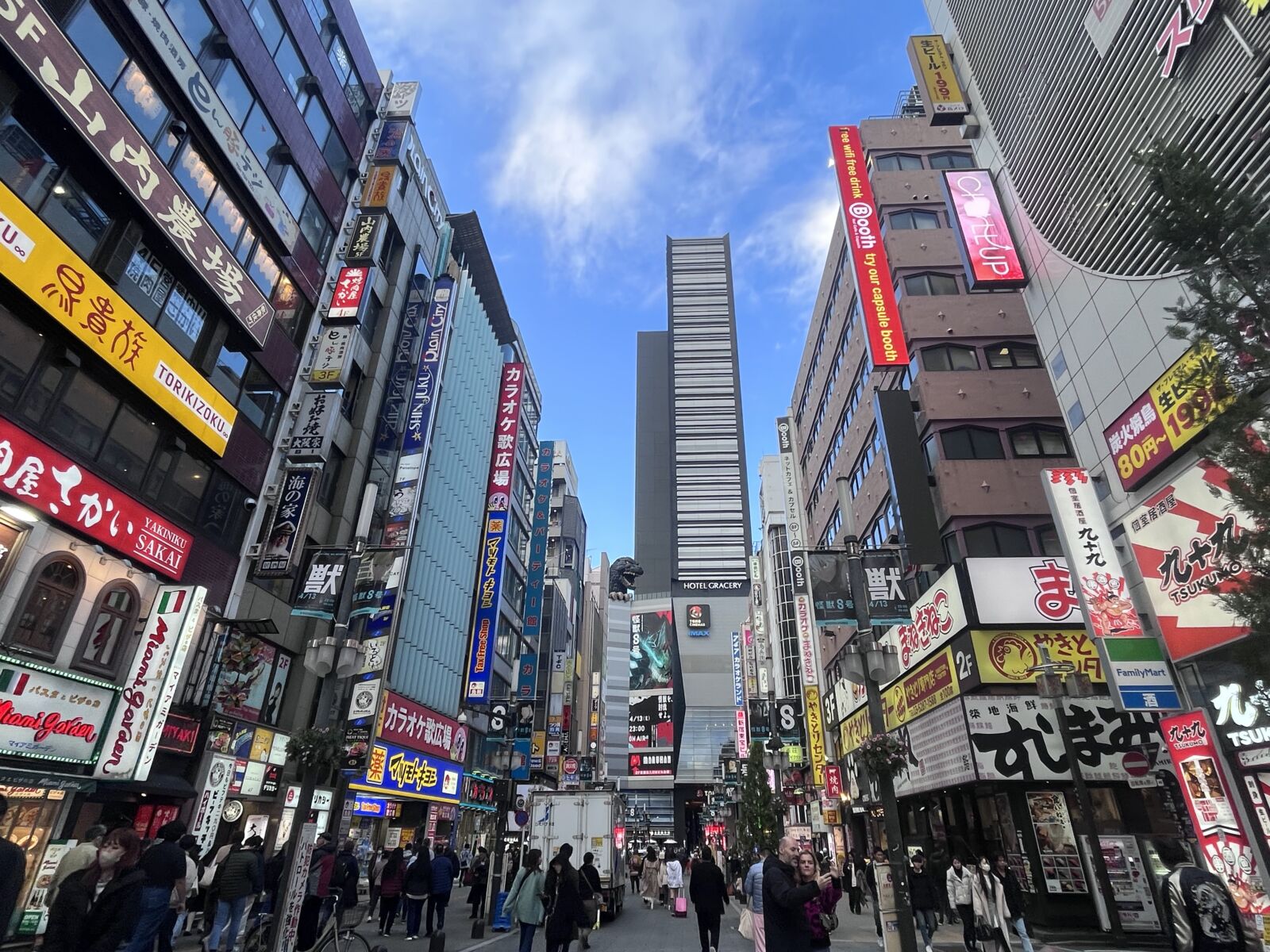
This page would not be complete without also suggesting our top recommendations on things to do in Tokyo as well. Why not check out our 25 Things to Do in Tokyo page which will also give you plenty of inspiration for your time spent in Tokyo. Here you will find some of the best activities and recommendations on how to spend your time in the Capital, as well as some tours that you can join to make the most out of your trip! Many of our tours go to some of the best Museums in Tokyo!
From watching Sumo wrestlers train to eating the freshest sushi at local markets, playing Taiko drums to exploring hidden shrines and temples, Tokyo truly has it all. Our Tokyo tours enable you to pick and choose from a wide range of areas and activities to explore during your trip. Want to explore lesser known neighbourhoods in Tokyo, or do you want to get into the hustle and bustle of the world’s most populated city, then click the link above and start exploring what you can do in Tokyo to make your trip unforgettable.
BEST TOURS IN TOKYO
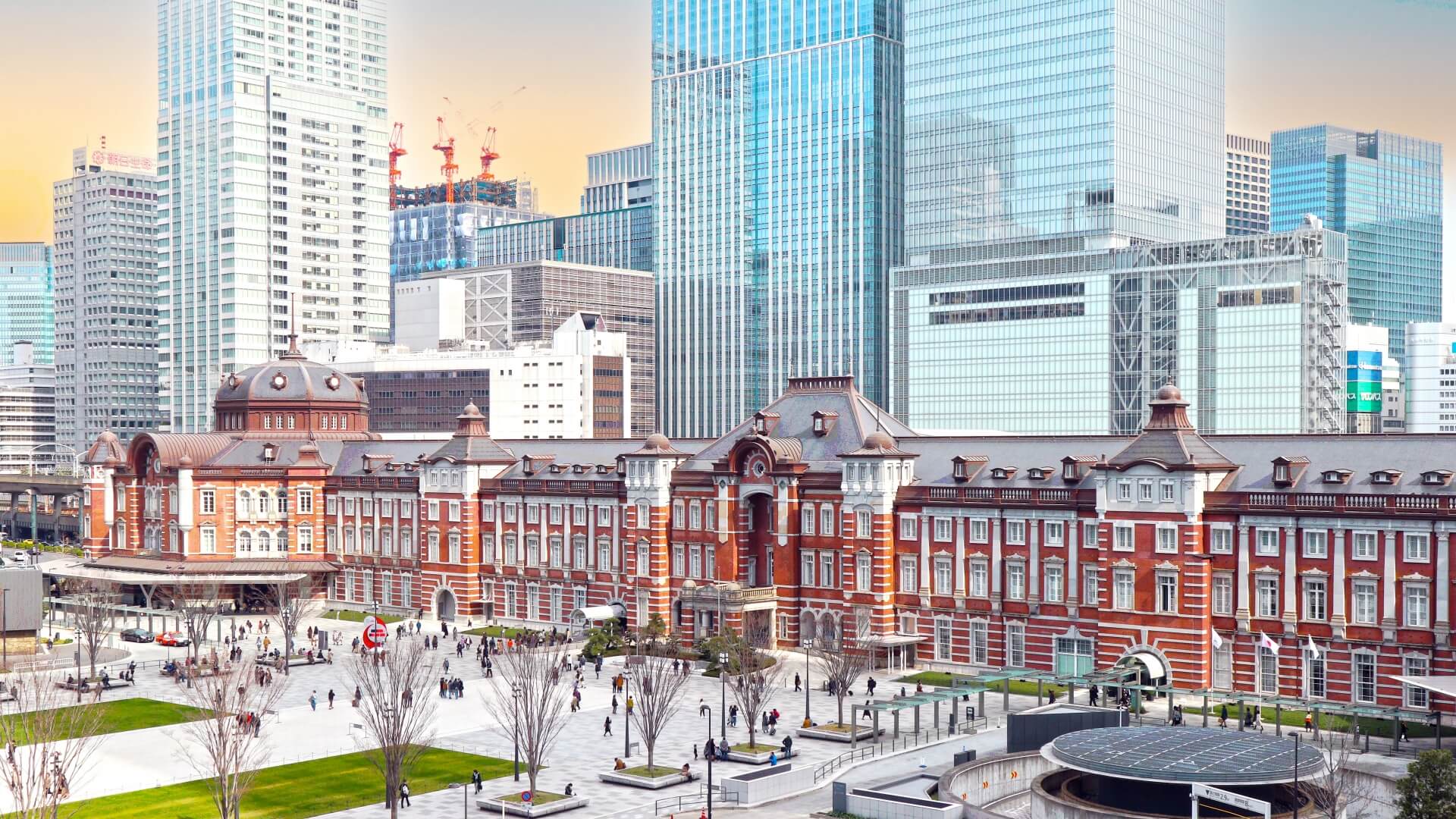
Tokyo is steeped in history. The city has faced many hardships from earthquakes, fires and the air raids of WW2, and unfortunately many of its oldest buildings and structures have disappeared over time. However, Tokyo does a fantastic job at celebrating and retaining much of its character and culture, with stunning renovations of temples and shrines, museums housing some of Japan’s finest artefacts, and pockets of neighbourhoods that have managed to preserve its original architecture despite the many challenges its faced. Pop culture lovers will rejoice at Japan’s modern aesthetic, with its bright lights and neon signs that make the city glow at night. There is so much to see and do in Tokyo. Check out our ’Best Tours in Tokyo’ page which will give you information on the best tours in Tokyo and the best day trips from Tokyo throughout the Kanto region.
30 THINGS TO DO NEAR TOKYO: BEST DAY-TRIPS & OVERNIGHT GETAWAYS
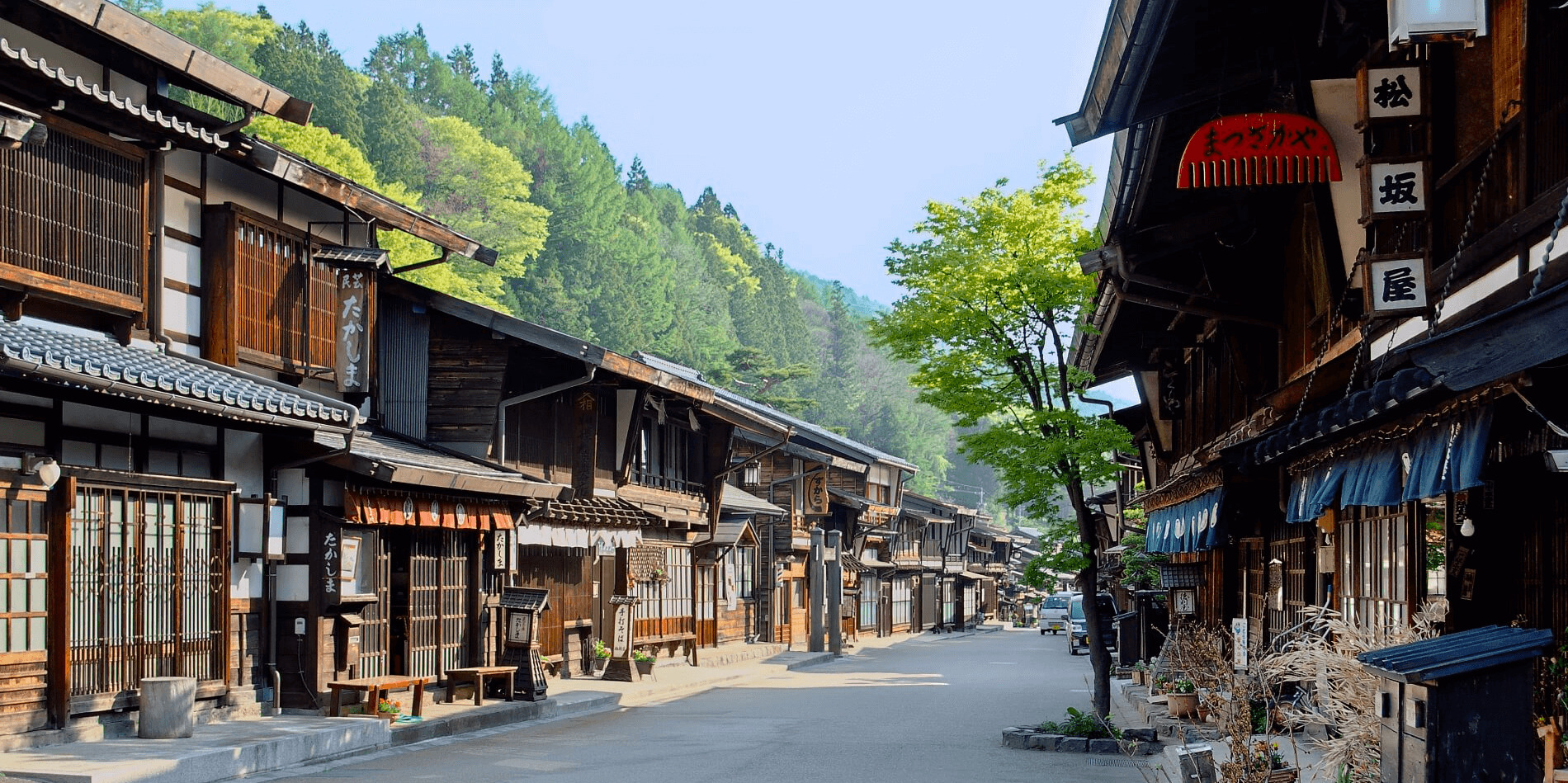
While Tokyo has more than enough to keep you entertained for your entire visit, it is also an ideal base from where to escape the city and explore our home region of Central Japan and beyond. Boasting the majority of Japan’s tallest mountains, verdant forests, Cherry Blossoms, open spaces, ancient temples and a slower way of life, it is everything that Tokyo is not. Our ’30 Things To Do Near Tokyo: Best Day-Trips & Overnight Getaways’ page includes some fantastic tips and suggestions of what’s on offer. We hope that it tempts you to visit!
WHERE TO STAY IN TOKYO?
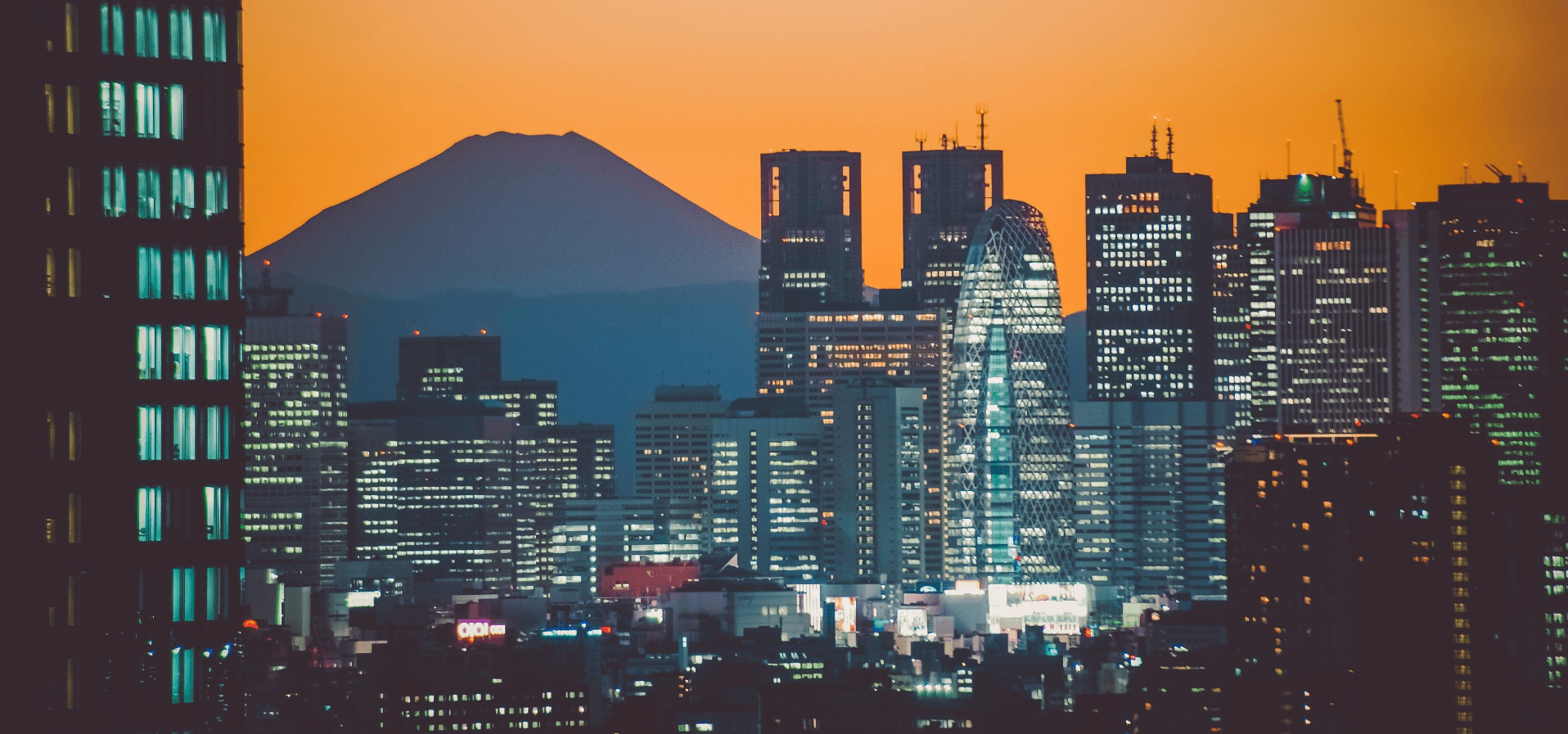
Not just the largest city in Japan but also the largest city in the world, Tokyo is a sprawling giant that must be experienced at least once. Knowing where to stay when visiting Tokyo can make a huge difference when it comes to getting around the city and ultimately, getting the most out of your time there. Our ‘Where to Stay in Tokyo? Best Neighbourhoods & Accommodation Areas’ page breakdowns the best areas to stay including accommodation listings.
BEST DINING AREAS & NEIGHBOURHOODS IN TOKYO
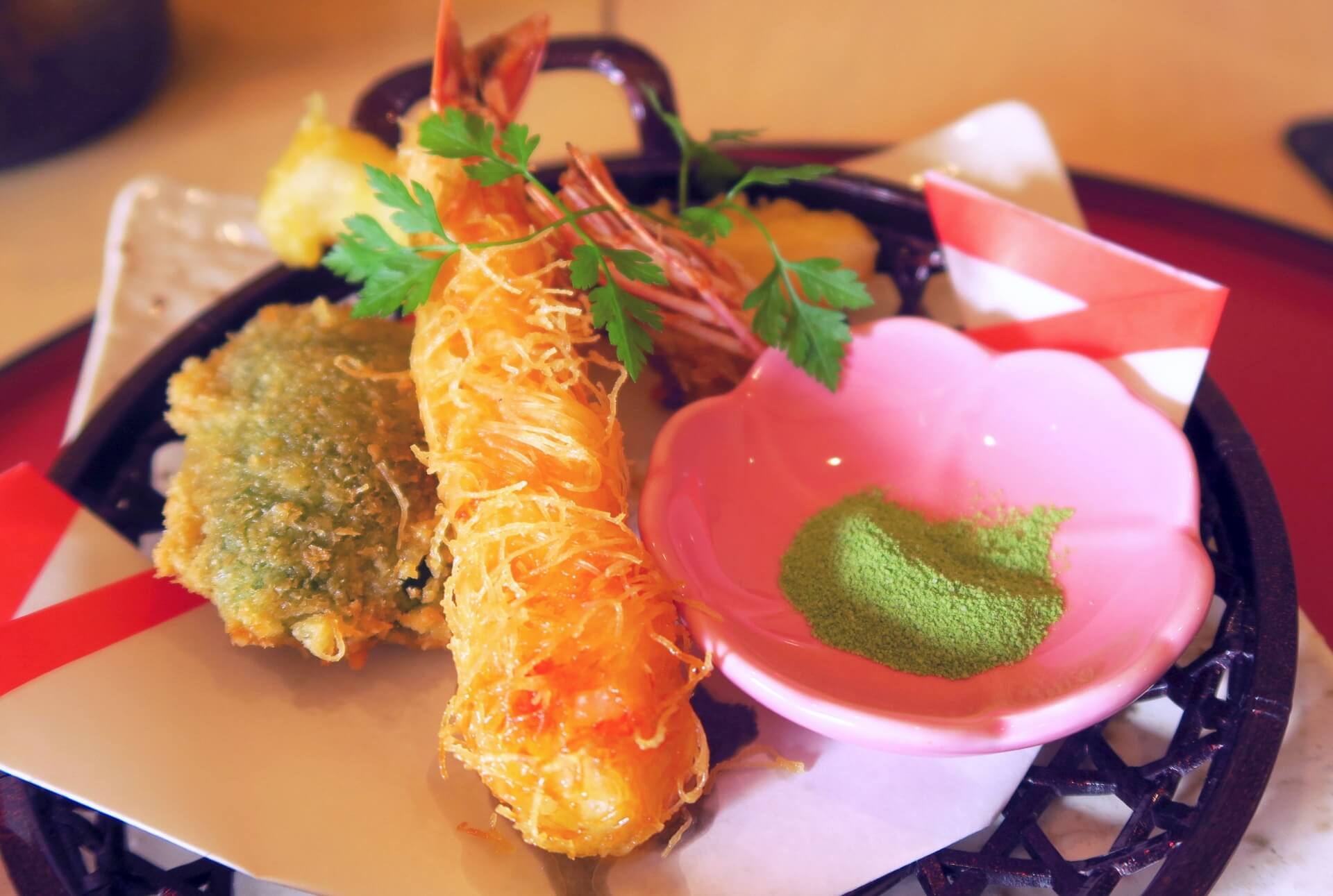
One of the world’s truly great food cities, Tokyo offers visitors astounding dining. From Michelin-starred restaurants that a near impossible to get into to chaotic and smoky eateries tucked under rattling rail lines, you’ll find indulgent and delectable treats in all corners of the capital, with a number of neighbourhoods really standing-out from the crowd. Our ’10 Best Dining & Restaurant Areas in Tokyo’ page includes our favourites foodie corners of the capital, ranging from the chic and famous to the cheap, dirty and tasty hidden gems.
BOOK WITH US! NAGANO’S NO.1 TOUR & CHARTER OPERATOR
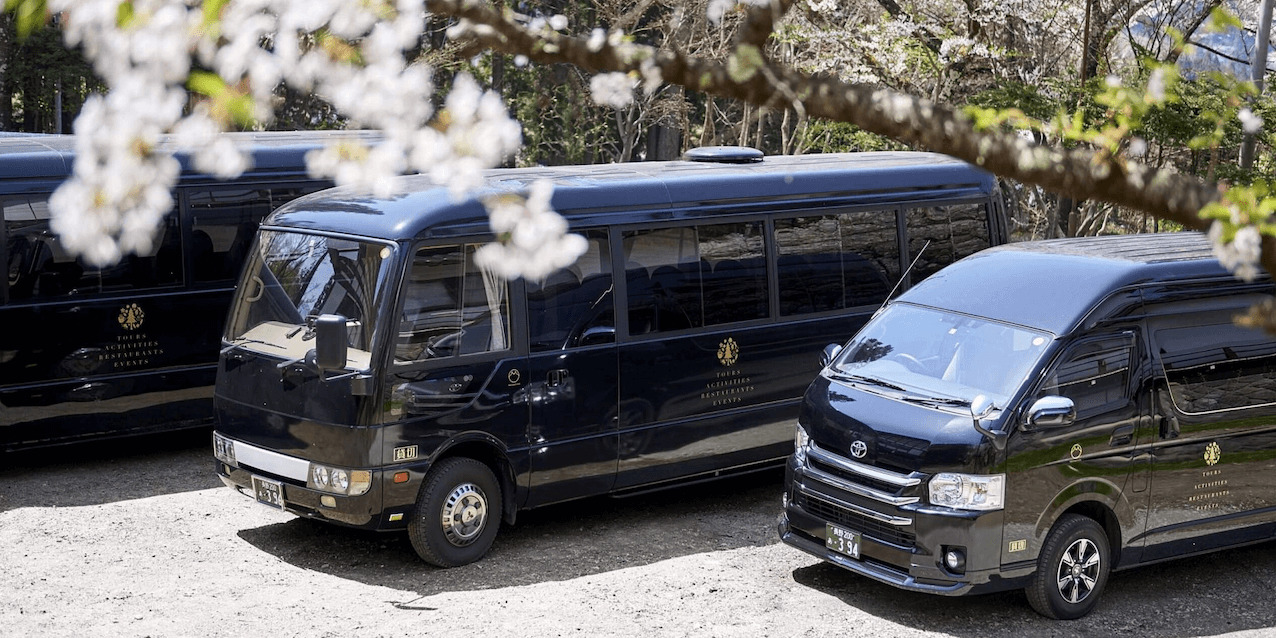

Operating all year round, we are Nagano’s No.1-rated tour and charter operator, offering a range of services including group tours, private tours and charters. We can arrange transport including a private vehicle and driver, to transport you to, from and between any destination in Central Japan.
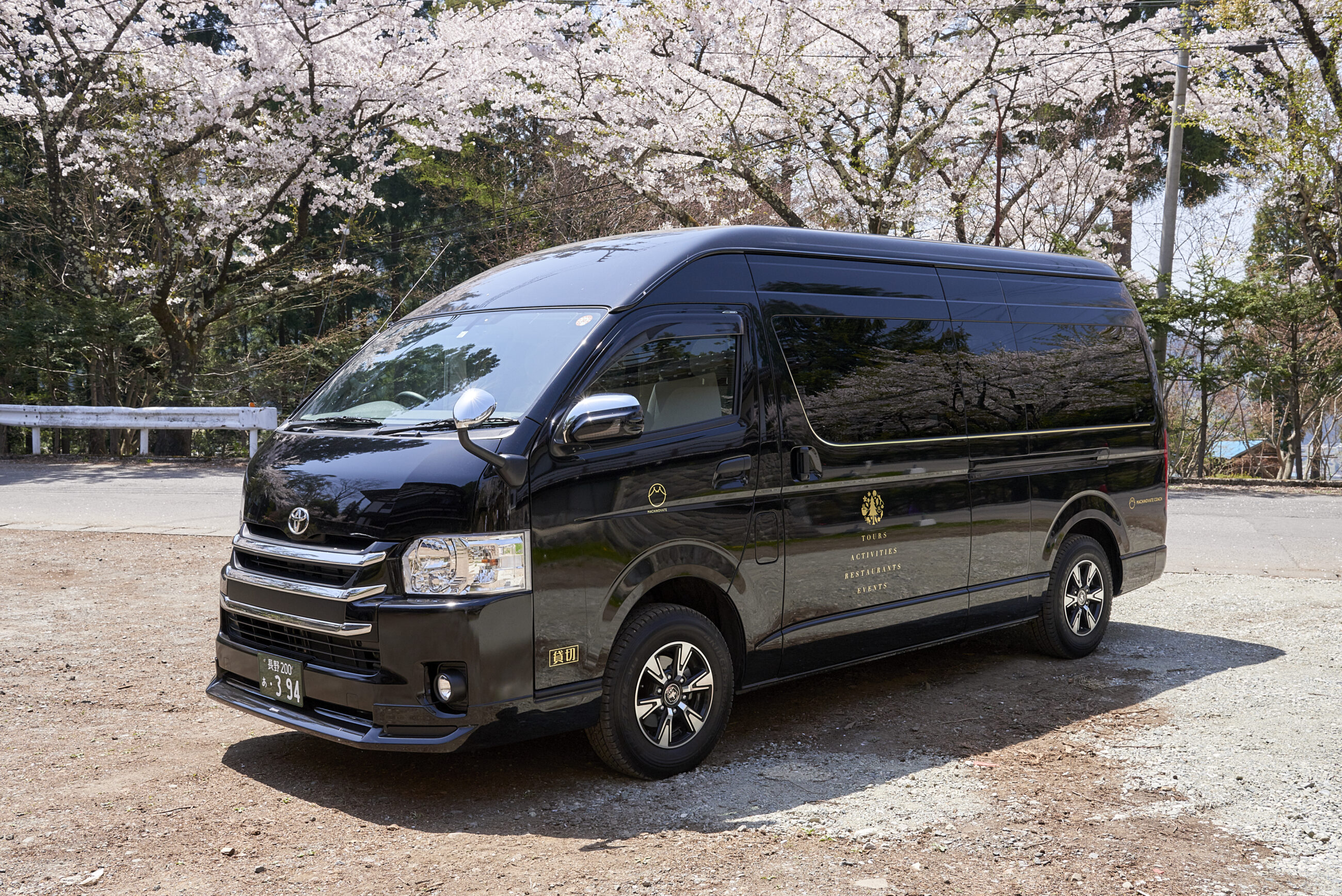
Our drivers and vehicles are fully certified, allowing us to transport you to and from your preferred destinations in combination with any activity that suits your schedule. All vehicles are fitted with a protective screen – separating the driver from passenger and luggage area – and our drivers wear protective masks, allowing you to move between your destinations in comfort and safety.
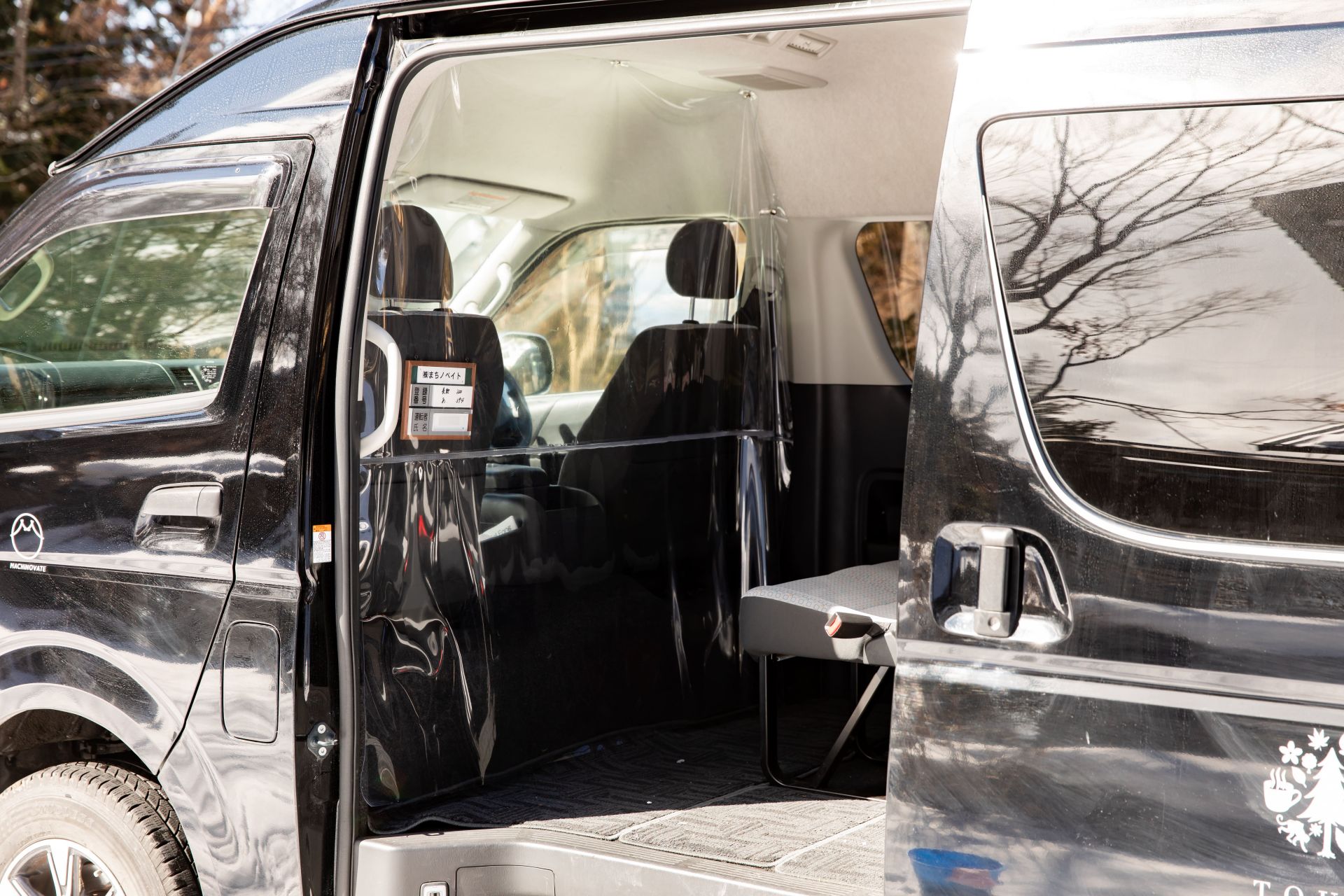
We can arrange both private tours with an English-speaking guide or a private charter, including a private vehicle and driver but without a guide. We’d love to be part of your adventure in Central Japan and help you discover even more!
Why choose us?
Awarded a 2022 TripAdvisor Travelers’ Choice Award for our 1-Day Snow Monkeys, Zenko-ji Temple & Sake Tour – recognised as one of the Top 10 Experiences in Japan – we have the local knowledge and experience to help you get the most out of your time in Japan.
Got a question about visiting Central Japan? Contact us and let’s get planning together!














